Meant to Be Shared: Selections from the Arthur Ross Collection of European Prints at the Yale University Art Gallery
Rembrandt Harmensz. van Rijn, Dutch, 1606–1669, Old Man with a Divided Fur Cap, 1640. Etching and drypoint, sight in frame (trimmed to plate): 14.9 x 13.5 cm (5 7/8 x 5 5/16 in.). The Arthur Ross Collection, 2012.159.2. Photo credit: Yale University Art Gallery.
The Yale University Art Gallery is delighted to announceMeant to Be Shared: Selections from the Arthur Ross Collection of European Prints at the Yale University Art Gallery, an exhibition presenting highlights of the more than 1,200 prints donated to the Gallery in 2012 by the Arthur Ross Foundation. Beginning in the late 1970s, philanthropist Arthur Ross (1910–2007) avidly collected works of art by some of the most renowned Italian, Spanish, and French printmakers of the last several centuries for his eponymous foundation. Highlights of the Arthur Ross Collection include works by Francisco Goya, the first artist whom Ross collected; Giovanni Battista Piranesi’s images of ancient and 18th-century Rome, which reflect Ross’s love of classicism and the Eternal City; and Édouard Manet’s illustrations for Edgar Allan Poe’s famous poem The Raven.
Exhibition Overview
The Arthur Ross Collection comprises three major segments. The largest is a group of some 800 18th-century Italian works by Giovanni Battista Piranesi, Giovanni Antonio Canal (called Canaletto), Giovanni Battista Tiepolo and his sons, and others. A group of close to 200 prints by the Spaniard Francisco Goya includes the three intriguing and enigmatic series of etchings he made in the second decade of the 19th century, during which Spain suffered, first, Napoleon Bonaparte’s invasion, and then, with the restoration of the Bourbon monarchy, the repressive rule of King Ferdinand VII. The third segment consists of about 200 French prints by some of the greatest artists of the 19th and 20th centuries: Eugène Delacroix, Honoré Daumier, Camille Pissarro, Édouard Manet, Edgar Degas, Paul Gauguin, Henri Matisse, and Pablo Picasso.
This inaugural exhibition features 19 of Goya’s profoundly mysterious Disparates (Los proverbios) (Follies [Proverbs]) series, made around 1816 to 1819 but not published in Goya’s lifetime, for fear of the Inquisition. Ten images from the Tauromaquia (The Art of Bullfighting; 1815, published 1816) series and nine of theDesastres de la guerra (Disasters of War; ca. 1810–11, published 1863) are on display as well. The installation also highlights illustrations of great works of literature—one of the salient themes of the French work—including Delacroix’s 13 lithographs illustrating William Shakespeare’s Hamlet (1834–43) and some of his illustrations for Johann Wolfgang von Goethe’s Faust(1827, published 1828), and Manet’s truly revolutionary illustrations for Edgar Allan Poe’s The Raven (1875).
An entire gallery is devoted to views of places that might have been visited on the Italian segment of the Grand Tour, the cultural tour of Europe that was deemed an essential cap to the classical education of young gentlemen, especially those from Britain. Sparkling views of the Venetian region by Canaletto set the stage. The largest section is devoted to Rome; this part of the exhibition features a spectacular six-by-seven-foot map of the Eternal City, published in 1748, designed by the surveyor Giovanni Battista Nolli, and 20 of Piranesi’sVedute (Views; ca. 1748–60) of Rome. The final area focuses on images of Pompeii and Paestum, in southern Italy, where in the mid-18th century rediscoveries of ancient sites excited the intelligentsia across Europe.
The title of the exhibition, Meant to Be Shared, reflects the raison d’être of the collection. Arthur Ross collected these prints for his foundation with the express purpose, in the words of his widow, Janet C. Ross, “to lend first-class prints … to educational institutions in the United States and abroad that would not otherwise have access to such objects for study and enjoyment.” In this spirit, the inaugural exhibition travels to the Samuel P. Harn Museum of Art at the University of Florida, Gainesville, in early 2017, and to the Syracuse University Art Galleries, New York, later that year. Gallery staff members have partnered with Harn Museum Director Rebecca M. Nagy and Syracuse University Art Galleries Director Domenic Iacono to plan ways to use the prints as teaching tools at each institution—including related university courses, public programs, and close-looking sessions—throughout the run of the exhibition. Suzanne Boorsch, the Gallery’s Robert L. Solley Curator of Prints and Drawings and curator of the exhibition, explains, “Far and away the most difficult aspect of preparing this exhibition was to make a selection from the abundance of riches that constitute this extraordinary donation. The possibilities that the Arthur Ross Collection offers for exhibition, research, and teaching are virtually endless, and, indeed, this inaugural exhibition and the collection catalogue are just the beginning of the rewards to be reaped by the study and enjoyment of this gift.”
The Gallery’s mission of sharing its collections broadly honors both the legacy of Arthur Ross and the value of the work he collected. Jock Reynolds, the Gallery’s Henry J. Heinz II Director, states, “We are grateful that the Arthur Ross Foundation has chosen the Gallery to be the steward of this remarkable collection, ensuring its proper care and always sharing it generously with active learners of all ages.”
Yale University Art Gallery
December 18, 2015–April 24, 2016
Samuel P. Harn Museum of Art, University of Florida, Gainesville
January 29–May 8, 2017
Syracuse University Art Galleries, New York
August 17–November 19, 2017
Ferdinando Galli Bibiena, Italian, 1657–1743, L’architettura civile preparata sú la geometria, e ridotta all prospettive (Civil Architecture Prepared According to Geometry, and Rendered in Perspective), 1711. Book with 70 etchings book: 45.5 x 31.8 x 4.9 cm (17 15/16 x 12 1/2 x 1 15/16 in.) platemark : 34.5 x 27.3 cm (13 9/16 x 10 3/4 in.) The Arthur Ross Collection 2012.159.4. Photo credit: Yale University Art Gallery.
Giovanni Antonio Canal, called Canaletto, Italian, Venice, 1697–1768, Title Plate, from the Vedute (Views) 1741–44. Etching platemark: 29.4 x 42.6 cm (11 9/16 x 16 3/4 in.) The Arthur Ross Collection 2012.159.6.1. Photo credit: Yale University Art Gallery.
Giovanni Antonio Canal, called Canaletto, Italian, Venice, 1697–1768, la Torre di Malghera (The Tower of Malghera), from the Vedute (Views) 1741–44. Etching platemark: 29.7 x 42.7 cm (11 11/16 x 16 13/16 in.) The Arthur Ross Collection 2012.159.6.2. Photo credit: Yale University Art Gallery.
Giovanni Antonio Canal, called Canaletto, Italian, Venice, 1697–1768, Mestre, from the Vedute (Views), 1741–44. Etching sheet cut within platemark, sight in frame: 30.2 x 43.6 cm (11 7/8 x 17 3/16 in.) The Arthur Ross Collection 2012.159.6.3. Photo credit: Yale University Art Gallery.
Giovanni Antonio Canal, called Canaletto, Italian, Venice, 1697–1768, Al Dolo (At Dolo), from the Vedute (Views) 1741–44 Etching sheet cut within platemark, sight in frame: 29.7 x 42.9 cm (11 11/16 x 16 7/8 in.) The Arthur Ross Collection 2012.159.6.4. Photo credit: Yale University Art Gallery.
Giovanni Antonio Canal, called Canaletto, Italian, Venice, 1697–1768, Ale Porte del Dolo (At the Locks of Dolo), from the Vedute (Views), 1741–44. Etching plate: 28.32 x 43.43 cm (11 1/8 x 17 1/8 in.) The Arthur Ross Collection 2012.159.6.5. Photo credit: Yale University Art Gallery.
Giovanni Antonio Canal, called Canaletto, Italian, Venice, 1697–1768, le Porte Del Dolo (The Locks of Dolo), from the Vedute (Views), 1741–44. Etching platemark: 29.8 x 42.8 cm (11 3/4 x 16 7/8 in.) The Arthur Ross Collection 2012.159.6.6. Photo credit: Yale University Art Gallery.
Giovanni Antonio Canal, called Canaletto, Italian, Venice, 1697–1768, S. Giustina in prà della Vale (Santa Giustina in Prato della Vale), from the Vedute (Views), 1741–44. Etching framed: 57.5 x 70.3 cm (22 5/8 x 27 11/16 in.) ; platemark: 29.7 x 42.8 cm (11 11/16 x 16 7/8 in.) The Arthur Ross Collection 2012.159.6.7. Photo credit: Yale University Art Gallery.
Giovanni Antonio Canal, called Canaletto, Italian, Venice, 1697–1768, Prà della Valle (Prato della Vale), from the Vedute (Views), 1741–44. Etching framed: 57.5 x 70.3 cm (22 5/8 x 27 11/16 in.) ; platemark: 29.9 x 42.8 cm (11 3/4 x 16 7/8 in.) The Arthur Ross Collection 2012.159.6.8. Photo credit: Yale University Art Gallery.
Giovanni Antonio Canal, called Canaletto, Italian, Venice, 1697–1768, View of a Town on a River Bank, from the Vedute (Views), 1741–44. Etching platemark: 29.6 x 42.6 cm (11 5/8 x 16 3/4 in.) The Arthur Ross Collection 2012.159.6.9. Photo credit: Yale University Art Gallery.
Giovanni Antonio Canal, called Canaletto, Italian, Venice, 1697–1768, Imaginary View of Padua, from the Vedute (Views), 1741–44. Etching platemark: 29.8 x 42.7 cm (11 3/4 x 16 13/16 in.) The Arthur Ross Collection 2012.159.6.10. Photo credit: Yale University Art Gallery.
Giovanni Antonio Canal, called Canaletto, Italian, Venice, 1697–1768, The House with the Inscription, from the Vedute (Views) 1741–44 Etching sight in frame, trimmed to plate: 30 x 21.7 cm (11 13/16 x 8 9/16 in.) The Arthur Ross Collection 2012.159.6.11. Photo credit: Yale University Art Gallery.
Giovanni Antonio Canal, called Canaletto, Italian, Venice, 1697–1768, The House with the Peristyle, from the Vedute (Views) 1741–44 Etching sight in frame, trimmed to plate: 30.1 x 21.9 cm (11 7/8 x 8 5/8 in.) The Arthur Ross Collection 2012.159.6.12. Photo credit: Yale University Art Gallery.
Giovanni Antonio Canal, called Canaletto, Italian, Venice, 1697–1768, le Preson. V. (The Prisons. V[enice]), la libreria V. (The Library. V[enice]), la Piera del Bando. V. (The Piera del Bando. V[enice]), and le Procuratie niove e S. Ziminian V. (The Procuratie Nuove and San Geminiano V[enice]), 1741–44 Etching 30.6 x 44.2 cm (12 1/16 x 17 3/8 in.) sheet: 44 x 59.7 cm (17 5/16 x 23 1/2 in.) The Arthur Ross Collection 2012.159.6.29. Photo credit: Yale University Art Gallery.
Giovanni Battista Tiepolo, Italian, Venice, 1696–1770, A Nymph with a Small Satyr and Two Goats, from Vari capricci (Various Capriccios), 1740–42, printed in 1785 (second edition), Etching, platemark, stone or block: 14 x 17.4 cm (5 1/2 x 6 7/8 in.) sheet: 23 x 31.5 cm (9 1/16 x 12 3/8 in.). The Arthur Ross Collection, 2012.159.5.6. Photo credit: Yale University Art Gallery.
Giovanni Battista Tiepolo, Italian, Venice, 1696–1770, A Woman with Her Arms in Chains and Four Other Figures, from Vari capricci (Various Capriccios), 1740–42, printed in 1785 (second edition). Etching, platemark, stone or block: 13.7 x 17.6 cm (5 3/8 x 6 15/16 in.) sheet: 23 x 31.5 cm (9 1/16 x 12 3/8 in.). The Arthur Ross Collection. 2012.159.5.8. Photo credit: Yale University Art Gallery.
Giovanni Battista Tiepolo, Italian, Venice, 1696–1770, Death Giving Audience, from Vari capricci (Various Capriccios), 1740–42, printed in 1785 (second edition). Etching, platemark, stone or block: 14 x 17.6 cm (5 1/2 x 6 15/16 in.) sheet: 23 x 31.5 cm (9 1/16 x 12 3/8 in.). The Arthur Ross Collection, 2012.159.5.9. Photo credit: Yale University Art Gallery.
Bernardo Bellotto, Italian, Venice, 1722–1780, The Lock at Dolo, ca. 1745. Oil on canvas unframed: 73.8 x 108.7 cm (29 1/16 x 42 13/16 in.) framed: 97.3 x 131.9 cm (38 5/16 x 51 15/16 in.) Gift of Duncan Phillips, B.A. 1908 1929.5. Photo credit: Yale University Art Gallery.
Giovanni Paolo Panini, Italian, Rome, 1691–1765, A Capriccio of the Roman Forum, 1741 Oil on canvas 170.8 x 217.8 cm (67 1/4 x 85 3/4 in.), framed: 192.4 x 240 x 4.4 cm (75 3/4 x 94 1/2 x 1 3/4 in.) Stephen Carlton Clark, B.A. 1903, Fund 1964.41. Photo credit: Yale University Art Gallery.
Felice Francesco Polanzani, Italian, 1700–1783, Portrait of Giovanni Battista Piranesi, 1750. Etching and engraving platemark: 38.6 x 28.9 cm (15 3/16 x 11 3/8 in.) The Arthur Ross Collection 2012.159.7. Photo credit: Yale University Art Gallery.
Giovanni Battista Piranesi, Italian, 1720–1778, Veduta della Basilica, e Piazza di S. Pietro in Vaticano (View of the Basilica, and Piazza of Saint Peter’s in the Vatican), from Vedute di Roma (Views of Rome), 1748. Etching platemark: 38 x 54 cm (14 15/16 x 21 1/4 in.) The Arthur Ross Collection 2012.159.11.3. Photo credit: Yale University Art Gallery.
Giovanni Battista Piranesi, Italian, 1720–1778, Veduta della Basilica di S. Giovanni Laterano (View of the Basilica of San Giovanni Laterano), from Vedute di Roma (Views of Rome), 1749. Etching platemark: 39 x 54.5 cm (15 3/8 x 21 7/16 in.) The Arthur Ross Collection 2012.159.11.4. Photo credit: Yale University Art Gallery.
Giovanni Battista Piranesi, Italian, 1720–1778, Veduta della Basilica di S.ta Maria con le due Fabbriche laterali di detta Basilica (View of the Basilica of Santa Maria [Maggiore] with its Two Flanking Wings), from Vedute di Roma (Views of Rome), 1749. Etching platemark: 37.5 x 53.5 cm (14 3/4 x 21 1/16 in.) The Arthur Ross Collection 2012.159.11.5. Photo credit: Yale University Art Gallery.
Giovanni Battista Piranesi, Italian, 1720–1778, Veduta della Piazza del Popolo (View of the Piazza del Popolo), from Vedute di Roma (Views of Rome), 1750. Etching platemark: 38 x 54 cm (14 15/16 x 21 1/4 in.) The Arthur Ross Collection 2012.159.11.6. Photo credit: Yale University Art Gallery.
Giovanni Battista Piranesi, Italian, 1720–1778, Veduta della Piazza di Monte Cavallo (View of the Piazza di Monte Cavallo [now the Piazza del Quirinale with the Quirinal Palace]), from Vedute di Roma (Views of Rome), 1750. Etching platemark: 36.5 x 54.5 cm (14 3/8 x 21 7/16 in.) The Arthur Ross Collection 2012.159.11.7. Photo credit: Yale University Art Gallery.
Giovanni Battista Piranesi, Italian, 1720–1778, Veduta di Piazza Navona sopra le rovine del Circo Agonale (View of the Piazza Navona above the Ruins of the Circus of Domitian), from Vedute di Roma (Views of Rome), 1751. Etching platemark: 38.5 x 54.5 cm (15 3/16 x 21 7/16 in.) The Arthur Ross Collection 2012.159.11.8. Photo credit: Yale University Art Gallery.
Giovanni Battista Piranesi, Italian, 1720–1778, Veduta del Romano Campidoglio con Scalinata che va’ alla Chiesa d’Araceli (View of the Capitoline Hill with the Steps that go to the Church of [Santa Maria] d’Aracoeli), from Vedute di Roma (Views of Rome), 1775 (1757?). Etching platemark: 38 x 53.5 cm (14 15/16 x 21 1/16 in.) The Arthur Ross Collection 2012.159.11.12. Photo credit: Yale University Art Gallery.
Giovanni Battista Piranesi, Italian, 1720–1778, Veduta di Campo Vaccino (View of the Campo Vaccino [the Forum Romanum, from the Capitoline Hill]), from Vedute di Roma (Views of Rome), 1775 (1757?). Etching platemark: 45.5 x 54.5 cm (17 15/16 x 21 7/16 in.) The Arthur Ross Collection 2012.159.11.13. Photo credit: Yale University Art Gallery.
Giovanni Battista Piranesi, Italian, 1720–1778, Veduta dell’Arco di Constantino, e dell’Anfiteatro Flavio detto il Colosseo (View of the Arch of Constantine, and the Flavian Amphitheater, called the Colosseum), from Vedute di Roma (Views of Rome), 1760. Etching platemark: 38.5 x 54 cm (15 3/16 x 21 1/4 in.) The Arthur Ross Collection 2012.159.11.14. Photo credit: Yale University Art Gallery.
Giovanni Battista Piranesi, Italian, 1720–1778, Spaccato interno della Basilica di S. Paolo fuori delle Mura … (Cross-Section of the Interior of the Basilica of San Paolo fuori delle Mura …), from Vedute di Roma (Views of Rome), 1749 Etching platemark: 38.5 x 61 cm (15 3/16 x 24 in.) The Arthur Ross Collection 2012.159.11.16. Photo credit: Yale University Art Gallery.
Giovanni Battista Piranesi, Italian, 1720–1778, Colonna Trajana (Trajan’s Column), from Vedute di Roma (Views of Rome), 1758. Etching platemark: 53 x 40 cm (20 7/8 x 15 3/4 in.) The Arthur Ross Collection 2012.159.11.18. Photo credit: Yale University Art Gallery.
Giovanni Battista Piranesi, Italian, 1720–1778, Teatro di Marcello. Questo fu fabricato da Augusto, e dedicato a Marcello suo Nipote (The Theater of Marcellus. This Building was Built by Augustus, and Dedicated to His Nephew Marcellus), from Vedute di Roma (Views of Rome), 1757. Etching platemark: 39 x 55 cm (15 3/8 x 21 5/8 in.) The Arthur Ross Collection 2012.159.11.20. Photo credit: Yale University Art Gallery.
Giovanni Battista Piranesi, Italian, 1720–1778, Veduta degli avanzi del Tablino della Casa Aurea di Nerone, detti volgarmente il Tempio della Pace (View of the Remains of the Dining Room the Golden House of Nero), commonly called the Temple of Peace [actually the Basilica of Maxentius and Constantine]), 1757. Etching platemark: 40 x 55 cm (15 3/4 x 21 5/8 in.) The Arthur Ross Collection 2012.159.11.23. Photo credit: Yale University Art Gallery.
Giovanni Battista Piranesi, Italian, 1720–1778, Veduta di Piazza di Spagna (View of the Piazza di Spagna), from Vedute di Roma (Views of Rome) 1750 Etching platemark: 38 x 59.2 cm (14 15/16 x 23 5/16 in.) The Arthur Ross Collection 2012.159.11.28. Photo credit: Yale University Art Gallery.
Giovanni Battista Piranesi, Italian, 1720–1778, Veduta del Castello dell’Acqua Paola sul Monte Aureo (View of the Fountainhead of the Acqua Paola on Monte Aureo), from Vedute di Roma (Views of Rome); 1751 Etching platemark: 40 x 61 cm (15 3/4 x 24 in.) The Arthur Ross Collection 2012.159.11.41. Photo credit: Yale University Art Gallery.
Giovanni Battista Piranesi, Italian, 1720–1778, Veduta del Castello dell’Acqua Felice … (View of the Fountainhead of the Acqua Felice … ), from Vedute di Roma (Views of Rome) 1751 Etching platemark: 39.5 x 67.5 cm (15 9/16 x 26 9/16 in.) The Arthur Ross Collection 2012.159.11.56. Photo credit: Yale University Art Gallery.
Giovanni Battista Piranesi, Italian, 1720–1778, Piramide di C. Cestio (Pyramid of Gaius Cestius), from Vedute di Roma (Views of Rome) 1756 Etching platemark: 38.5 x 53.5 cm (15 3/16 x 21 1/16 in.) The Arthur Ross Collection 2012.159.11.57. Photo credit: Yale University Art Gallery.
Giovanni Battista Piranesi, Italian, 1720–1778, Veduta dell’Arco di Tito. Esso fu eretto a questo Imperadore dopo la di lui morte in memoria della distruzione di Gerosolima (View of the Arch of Titus). It Was Erected for this Emperor After His Death in Memory of the Destruction of Jerusalem), from Vedute di Roma (Views of Rome), 1760 Etching platemark: 38.5 x 62 cm (15 3/16 x 24 7/16 in.) The Arthur Ross Collection 2012.159.11.45. Photo credit: Yale University Art Gallery.
Giovanni Battista Piranesi, Italian, 1720–1778, Veduta del Pantheon d’Agrippa oggi Chiesa di S. Maria ad Martyre (View of the Pantheon of Agrippa, today Santa Maria ad Martyres [actually the Pantheon of Hadrian]), from Vedute di Roma (Views of Rome), 1761. Etching platemark: 46.5 x 68.5 cm (18 5/16 x 26 15/16 in.) The Arthur Ross Collection 2012.159.11.60.
Giovanni Battista Piranesi, Italian, 1720–1778, Rovine delle Terme Antoniniane (Ruins of the Antonine Baths [Baths of Caracalla]), from Vedute di Roma (Views of Rome), 1765. Etching platemark: 42 x 69 cm (16 9/16 x 27 3/16 in.) The Arthur Ross Collection 2012.159.11.76. Photo credit: Yale University Art Gallery.
Giovanni Battista Piranesi, Italian, 1720–1778, Vue de ce qui reste encore des Murs A. de l’ ancienne Ville de Pesto … (View Showing the Remains of the Ancient City Walls A. of Paestum … ), from Différentes vues de … Pesto (Different Views of … Paestum), 1778–79. Etching platemark: 44.5 x 67 cm (17 1/2 x 26 3/8 in.) The Arthur Ross Collection 2012.159.17.2. Photo credit: Yale University Art Gallery.
Giovanni Battista Piranesi, Italian, 1720–1778, Vue des restes d’une grande enceinte de colonnes … (View Showing the Remains of a Large Enclosure of Columns … ), from Différentes vues de … Pesto (Different Views of … Paestum), 1778–79. Etching plate: 44 x 67 cm (17 5/16 x 26 3/8 in.) The Arthur Ross Collection 2012.159.17.3. Photo credit: Yale University Art Gallery.
Giovanni Battista Piranesi, Italian, 1720–1778, Vue de quelques unes des colonnes de la façade opposée à celle de la planche précédente … (Views of Some Columns of the Façade Opposite the One Shown in the Preceding Plate … ), from Différentes vues de … Pesto (Different Views of … Paestu), 1778–79. Etching plate: 49.5 x 65.2 cm (19 1/2 x 25 11/16 in.) The Arthur Ross Collection 2012.159.17.4. Photo credit: Yale University Art Gallery.
Giovanni Battista Piranesi, Italian, 1720–1778, Autre vue de la Façade du Pronaos, dessiné et décrit dans la planche V … (Another View of the Pronaos Façade Drawn and Described in Plate V … ), from Différentes Vues de … Pesto (Different Views of … Paestum), 1778–79 Etching platemark: 47 x 70.5 cm (18 1/2 x 27 3/4 in.) The Arthur Ross Collection 2012.159.17.7. Photo credit: Yale University Art Gallery.
Giovanni Battista Piranesi, Italian, 1720–1778, Vue du Temple de Neptune, Dieu tutélaire de l’ancienne ville de Pesto, quoi que on n’y voye aucune marque qui puisse indiquer si ce temple appartenait à cette Divinite, ou à quelque autre… (View of the Temple of Neptune, Tutelary God of the Ancient C...), 1778–79 Etching platemark: 48 x 70.7 cm (18 7/8 x 27 13/16 in.) The Arthur Ross Collection 2012.159.17.11. Photo credit: Yale University Art Gallery.
Giovanni Battista Piranesi, Italian, 1720–1778, A., B. Vue des deux restes de rangs de colonnes qui étoient au Temple de Neptune qui latéralement formoient les portiques dans la celle, et soutenaient le comble de l’édifice… (A., B. View of the Remains of the Two Rows of Columns in the Temple of N...), 1778–79. Etching platemark: 49.5 x 67.3 cm (19 1/2 x 26 1/2 in.) The Arthur Ross Collection 2012.159.17.17. Photo credit: Yale University Art Gallery.
Giovanni Battista Piranesi, Italian, 1720–1778, Vue des restes de la celle du Temple de Neptune (View of the Remains of the Cella of the Temple of Neptune), from Différentes vues de … Pesto (Different Views of … Paestum) 1778–79 Etching platemark: 45 x 67 cm (17 11/16 x 26 3/8 in.) The Arthur Ross Collection 2012.159.17.18. Photo credit: Yale University Art Gallery.
Giovanni Battista Piranesi, Italian, 1720–1778, The Triumphal Arch, from Grotteschi (Grotesques), 1750s. Etching, platemark: 39.5 x 55 cm (15 9/16 x 21 5/8 in.). The Arthur Ross Collection, 2012.159.16.2. Photo credit: Yale University Art Gallery.
Giovanni Battista Piranesi, Italian, 1720–1778, The Monumental Tablet, from Grotteschi (Grotesques) 1750s Etching platemark: 39.5 x 54 cm (15 9/16 x 21 1/4 in.) The Arthur Ross Collection 2012.159.16.4. Photo credit: Yale University Art Gallery.
Giovanni Battista Piranesi, Italian, 1720–1778, Antichità romane (Roman Antiquities), vol. IV, 1756 Volume of etchings sheet: 53.5 x 38.8 cm (21 1/16 x 15 1/4 in.) exterior case: 56.9 x 42 x 6.9 cm (22 3/8 x 16 9/16 x 2 11/16 in.) The Arthur Ross Collection 2012.159.12.4.1-.59. Photo credit: Yale University Art Gallery.
Giovanni Battista Piranesi, Italian, 1720–1778, Antichità romane (Roman Antiquities), vol. II, 1756. Volume of etchings sheet: 53.5 x 38.8 cm (21 1/16 x 15 1/4 in.) exterior case: 56.9 x 42 x 6.9 cm (22 3/8 x 16 9/16 x 2 11/16 in.) The Arthur Ross Collection 2012.159.12.2.1-.62. Photo credit: Yale University Art Gallery.
Giovanni Battista Piranesi, Italian, 1720–1778, Antichità romane (Roman Antiquities), vol. I, 1756. Volume of etchings sheet: 53.5 x 38.8 cm (21 1/16 x 15 1/4 in.) exterior case: 56.9 x 42 x 6.9 cm (22 3/8 x 16 9/16 x 2 11/16 in.) The Arthur Ross Collection 2012.159.12.1.1-.82. Photo credit: Yale University Art Gallery.
Giovanni Battista Piranesi, Italian, 1720–1778, Antichità romane (Roman Antiquities), vol. I, 1756. Volume of etchings sheet: 53.5 x 38.8 cm (21 1/16 x 15 1/4 in.) exterior case: 56.9 x 42 x 6.9 cm (22 3/8 x 16 9/16 x 2 11/16 in.) The Arthur Ross Collection 2012.159.12.1.1-.82. Photo credit: Yale University Art Gallery.
Giovanni Battista Piranesi, Italian, 1720–1778, Della Magnificenza Bound with Osservazioni, Parere, and Della introduzione (On the Splendor and Architecture of the Romans Bound with Observations…,Opinions, and Introduction), 1761?65. Etchings platemark: 42.8 x 31.8 cm (16 7/8 x 12 1/2 in.) The Arthur Ross Collection 2012.159.20a-d. Photo credit: Yale University Art Gallery.
Giovanni Battista Piranesi, Italian, 1720–1778, IOANNIS BAPTISTAE PIRANESII ANTIQUARIORUM REGIAE SOCIETATIS LONDINENSIS SOCII CAMPUS MARTIUS ANTIQUAE URBIS (Giovanni Battista Piranesi, Fellow of the Royal Society of Antiquaries, The Campus Martius of Ancient Rome), 1762 Bound volume of 56 etchings 55.5 x 41 x 4.8 cm (21 7/8 x 16 1/8 x 1 7/8 in.) The Arthur Ross Collection 2012.159.13. Photo credit: Yale University Art Gallery.
Giovanni Battista Piranesi, Italian, 1720–1778, After: Giovanni Francesco Barbieri, called Guercino, Italian, Cento, also active in Bologna, 1591–1666, Half-title page with etching after drawing of Saint Joseph, plate 2, from Raccolta di alcuni disegni del Barberi [sic] da Cento detto il Guercino (Collection of Some Drawings Engraved after Barbieri da Cento, called Guercino), 1764; Etching and engraving with red and black ink, platemark: 48 x 35.4 cm (18 7/8 x 13 15/16 in.). The Arthur Ross Collection, 2012.159.1.2. Photo credit: Yale University Art Gallery.
Giovanni Battista Piranesi, Italian, 1720–1778, Catalogo delle Opere Date Finora alla Luce Da Gio. Battista Piranesi (Catalogue of Works Brought to Light So Far by Gio[vanni] Battista Piranesi), ca. 1780 Etching and engraving platemark: 39.7 x 29.5 cm (15 5/8 x 11 5/8 in.) with additional text plate: 7.8 x 29.6 cm (3 1/16 x 11 5/8 in.); sheet: 53.5 x 36.9 cm (21 1/16 x 14 1/2 in.) Everett V. Meeks, B.A. 1901, Fund 2015.81.2. Photo credit: Yale University Art Gallery.
Giovanni Battista Piranesi, Italian, 1720–1778, Title Plate, plate 1 from Carceri d’Invenzione di G[iovanni] Battista Piranesi, Archit[etto] Vene[ziano] (Imaginary Prisons of Giovanni Battista Piranesi, Venetian Architect), from Carceri d’Invenzione (Imaginary Prisons), ca. 1750, published 1761 (second state). Etching, framed: 85.5 x 67.2 cm (33 11/16 x 26 7/16 in.) platemark: 54.5 x 41 cm (21 7/16 x 16 1/8 in.). The Arthur Ross Collection, 2012.159.18.1. Photo credit: Yale University Art Gallery.
Giovanni Battista Piranesi, Italian, 1720–1778, The Drawbridge, plate 7 from Carceri d’Invenzione (Imaginary Prisons), ca. 1750, published 1761 (second state). Etching, platemark: 55 x 41 cm (21 5/8 x 16 1/8 in.). The Arthur Ross Collection, 2012.159.18.7. Photo credit: Yale University Art Gallery.
Giovanni Battista Piranesi, Italian, 1720–1778, The Giant Wheel, plate 9 from Carceri d’Invenzione (Imaginary Prisons), ca. 1750, published 1761 (second state). Etching, platemark: 55 x 40.5 cm (21 5/8 x 15 15/16 in.). The Arthur Ross Collection. 2012.159.18.9. Photo credit: Yale University Art Gallery.
Giovanni Battista Piranesi, Italian, 1720–1778, The Drawbridge, from Carceri d’Invenzione (Imaginary Prisons), ca. 1751. Etching, platemark: 55 x 41 cm (21 5/8 x 16 1/8 in.). The Arthur Ross Collection, 2012.159.19. Photo credit: Yale University Art Gallery.
Lorenzo Baldissera Tiepolo, Italian, 1736–1776, After: Giovanni Battista Tiepolo, Italian, Venice, 1696–1770, Rinaldo and Armida, ca. 1758 Etching sheet (trimmed within plate mark): 27.7 x 34.5 cm (10 7/8 x 13 9/16 in.) The Arthur Ross Collection 2012.159.31. Photo credit: Yale University Art Gallery.
Giovanni Domenico Tiepolo, Italian, 1727–1804, The Holy Family on a Rocky Path, from the series Idee pittoresche sulla fuga in Egitto (Flight into Egypt), 1750–1753 Etching platemark: 19.1 x 24.4 cm (7 1/2 x 9 5/8 in.) The Arthur Ross Collection 2012.159.26.Photo credit: Yale University Art Gallery.
Giovanni Domenico Tiepolo, Italian, 1727–1804, After: Giovanni Battista Tiepolo, Italian, Venice, 1696–1770, Old Man with a Large Hat, from the Raccolta di Teste (Collection of Heads), ca. 1757. Etching, platemark: 15.3 x 11.5 cm (6 x 4 1/2 in.). The Arthur Ross Collection, 2012.159.28.8. Photo credit: Yale University Art Gallery.
Giovanni Domenico Tiepolo, Italian, 1727–1804, After: Giovanni Battista Tiepolo, Italian, Venice, 1696–1770, Profile of an Old Man, from the Raccolta di Teste (Collection of Heads), ca. 1771–74. Etching, platemark: 11.6 x 8.5 cm (4 9/16 x 3 3/8 in.). The Arthur Ross Collection. 2012.159.28.24. Photo credit: Yale University Art Gallery.
Filippo Morghen, Italian, 1730–after 1807, After: Antonio Joli, Italian, 1700–1777, Veduta laterale de’ tre tempii dalla parte d’oriente (Side View of the Three Temples from the East), from Antichità di Pesto (Antiquities of Paestum), 1765. Etching sight in frame (plate): 27.7 x 39 cm (10 7/8 x 15 3/8 in.). The Arthur Ross Collection 2012.159.30.4. Photo credit: Yale University Art Gallery.
Filippo Morghen, Italian, 1730–after 1807, After: Antonio Joli, Italian, 1700–1777, Veduta interiore del tempio esastilo ipetro dalla parte di settentrione (Interior vVew of the Hexastile Hypaethral Temple from the North), from Antichità di Pesto (Antiquities of Paestum), 1765. Etching sight in frame (plate): 27.6 x 38.8 cm (10 7/8 x 15 1/4 in.) The Arthur Ross Collection 2012.159.30.5. Photo credit: Yale University Art Gallery.
Filippo Morghen, Italian, 1730–after 1807, After: Antonio Joli, Italian, 1700–1777, Altra veduta interiore del tempio esastilo ipetro dalla parte di mezzo giorno (Another Interior View of the Hexastyle Hypaethral Temple from the South), from Antichità di Pesto (Antiquities of Paestum) 1765 Etching sight in frame (plate): 27.8 x 38.8 cm (10 15/16 x 15 1/4 in.) The Arthur Ross Collection 2012.159.30.6. Photo credit: Yale University Art Gallery.
Francesco Piranesi, Italian, 1756–1810, Topografia delle Fabbriche Scoperte nella Città di Pompei … (Topography of the buildings uncovered in the city of Pompeii … ), ca.1789 Etching plate: 44.3 x 81.2 cm (17 7/16 x 31 15/16 in.) The Arthur Ross Collection 2012.159.46.1. Photo credit: Yale University Art Gallery.
Francesco Piranesi, Italian, 1756–1810, After: Louis-Jean Desprez, French, 1743–1804, Veduta del Tempio d’Iside quale oggi esiste fragli avanzi dell’antica Città di Pompei (View of the Temple of Isis which today exists among the ruins of the ancient city of Pompeii), 1788. Etching plate: 46.7 x 70 cm (18 3/8 x 27 9/16 in.). The Arthur Ross Collection 2012.159.46.2. Photo credit: Yale University Art Gallery.
Francesco Piranesi, Italian, 1756–1810, After: Louis-Jean Desprez, French, 1743–1804, Veduta della Porta dell’antica Città di Pompei (View of the Gate of the Ancient City of Pompeii), 1789 Etching plate: 48.2 x 69.8 cm (19 x 27 1/2 in.) The Arthur Ross Collection 2012.159.46.3. Photo credit: Yale University Art Gallery.
Francesco Piranesi, Italian, 1756–1810 After: Louis-Jean Desprez, French, 1743–1804v Veduta del Sepolcro di Mamia negl’avanzi dell’antica Città di Pompei (View of the Tomb of Mamia Among the Ruins of the Ancient City of Pompeii) 1789 Etching plate: 48.2 x 69.8 cm (19 x 27 1/2 in.) The Arthur Ross Collection 2012.159.46.4. Photo credit: Yale University Art Gallery.
Francesco Piranesi, Italian, 1756–1810, After: Louis-Jean Desprez, French, 1743–1804, Fuoco artificiale detto la Girandola che s’incendia sul Castel S. Angelo gia Mausoleo d’Elio Adriano (Fireworks Known as the Pinwheel That Explode above the Castel Sant’Angelo formerly Known as the Mausoleum of Elio Hadrian), ca. 1790 Etching and aquatint in color plate: 77.7 x 51.5 cm (30 9/16 x 20 1/4 in.) The Arthur Ross Collection 2012.159.47. Photo credit: Yale University Art Gallery.
Antonio Carnicero, Spanish, 1748–1814, Plate V, from the series Colección de las principales suertes de una corrida de toros (Collection of the Main Actions in a Bullfight) 1790 Etching plate: 20.8 x 30.4 cm (8 3/16 x 11 15/16 in.); sheet: 25 x 38.9 cm (9 13/16 x 15 5/16 in.) The Arthur Ross Collection 2012.159.45.6. Photo credit: Yale University Art Gallery.
Antonio Carnicero, Spanish, 1748–1814, Plate VI, from the series Colección de las principales suertes de una corrida de toros (Collection of the Main Actions in a Bullfight) 1790 Etching plate: 20.1 x 29.5 cm (7 15/16 x 11 5/8 in.); sheet: 25.5 x 38.8 cm (10 1/16 x 15 1/4 in.). The Arthur Ross Collection, 2012.159.45.7. Photo credit: Yale University Art Gallery.
Francisco Goya, Spanish, 1746–1828, After: Diego Velázquez, Spanish, 1599–1660, Aesopus, 1778. Etching, plate: 30 x 21.5 cm (11 13/16 x 8 7/16 in.). The Arthur Ross Collection. 2012.159.34. Photo credit: Yale University Art Gallery.
Francisco Goya, Spanish, 1746–1828, After: Diego Velázquez, Spanish, 1599–1660, Un Enano (A Dwarf), 1778–79 Etching plate: 20.5 x 15.5 cm (8 1/16 x 6 1/8 in.) The Arthur Ross Collection 2012.159.36. Photo credit: Yale University Art Gallery.
Francisco Goya, Spanish, 1746–1828, Que valor! (What Courage!), Plate 7, from Los desastres de la guerra (The Disasters of War), 1863. Etching, aquatint, drypoint, burin and burnisher, platemark: 15.5 x 21 cm (6 1/8 x 8 1/4 in.). The Arthur Ross Collection. 2012.159.37.8. Photo credit: Yale University Art Gallery.
Francisco Goya, Spanish, 1746–1828, Para eso habeis nacido (This Is What You Were Born For), Plate 12, from Los desastres de la guerra (The Disasters of War), 1863. Etching, lavis, drypoint and burin, platemark: 16 x 23.5 cm (6 5/16 x 9 1/4 in.). The Arthur Ross Collection. 2012.159.37.13. Photo credit: Yale University Art Gallery.
Francisco Goya, Spanish, 1746–1828, Esto es peor (This is Worse), Plate 37, from Los desastres de la guerra (The Disasters of War), 1863. Etching, lavis and drypoint, platemark: 15.5 x 20.5 cm (6 1/8 x 8 1/16 in.). The Arthur Ross Collection. 2012.159.37.38. Photo credit: Yale University Art Gallery.
Francisco Goya, Spanish, 1746–1828, Bárbaros! (Barbarians!), Plate 38, from Los desastres de la guerra (The Disasters of War), 1863. Etching, burnished aquatint, burin and burnisher, platemark: 15.5 x 20.5 cm (6 1/8 x 8 1/16 in.). The Arthur Ross Collection. 2012.159.37.39. Photo credit: Yale University Art Gallery.
Francisco Goya, Spanish, 1746–1828, As’ sucedió (This is How It Happened), Plate 47, from Los desastres de la guerra (The Disasters of War), 1863. Etching, burnished lavis, drypoint, burin and burnisher, platemark: 15.5 x 20.5 cm (6 1/8 x 8 1/16 in.). The Arthur Ross Collection, 2012.159.37.48. Photo credit: Yale University Art Gallery.
Francisco Goya, Spanish, 1746–1828, Que locura! (What Madness!), Plate 68, from Los desastres de la guerra (The Disasters of War), 1863. Etching, lavis and burin, platemark: 16 x 22 cm (6 5/16 x 8 11/16 in.). The Arthur Ross Collection, 2012.159.37.69. Photo credit: Yale University Art Gallery.
Francisco Goya, Spanish, 1746–1828, Contra el bien general (Against the Common Good), Plate 71, from Los desastres de la guerra (The Disasters of War), 1863. Etching and burnisher, platemark: 17.5 x 22 cm (6 7/8 x 8 11/16 in.). The Arthur Ross, 2012.159.37.72. Photo credit: Yale University Art Gallery.
Francisco Goya, Spanish, 1746–1828, Que se rompe la cuerda (May the Cord Break), Plate 77, from Los desastres de la guerra (The Disasters of War), 1863. Etching, burnished aquatint or lavis, drypoint and burnisher, platemark: 17.5 x 22 cm (6 7/8 x 8 11/16 in.). The Arthur Ross Collection, 2012.159.37.78. Photo credit: Yale University Art Gallery.
Francisco Goya, Spanish, 1746–1828, Si resucitará? (Will She Rise Again?), Plate 80, from Los desastres de la guerra (The Disasters of War), 1863. Etching and burnisher, platemark: 17.5 x 22 cm (6 7/8 x 8 11/16 in.). The Arthur Ross Collection, 2012.159.37.81. Photo credit: Yale University Art Gallery.
Francisco Goya, Spanish, 1746–1828, Capean otro encerrado (They Play Another with the Cape in the Enclosure), from the series La tauromaquia, 1816. Etching, burnished aquatint, drypoint and burin plate: 24.5 x 35 cm (9 5/8 x 13 3/4 in.); sheet: 31.3 x 44.2 cm (12 5/16 x 17 3/8 in.) The Arthur Ross Collection 2012.159.38.4. Photo credit: Yale University Art Gallery.
Francisco Goya, Spanish, 1746–1828, Origen de los arpones ó banderillas (Origin of the Harpoons or Banderillas), from the series La tauromaquia 1816 Etching, burnished aquatint and burin plate: 24.5 x 35 cm (9 5/8 x 13 3/4 in.); sheet: 31.2 x 44.2 cm (12 5/16 x 17 3/8 in.) The Arthur Ross Collection 2012.159.38.7. Photo credit: Yale University Art Gallery.
Francisco Goya, Spanish, 1746–1828, Desjarrete de la canalla con lanzas, medias-lunas, banderillas y otras armas (The Rabble Hamstring the Bull with Lances, Sickles, Banderillas and Other Arms), from the series La tauromaquia, 1816. Etching, burnished aquatint and drypoint plate: 25 x 35 cm (9 13/16 x 13 3/4 in.); sheet: 31.4 x 44.3 cm (12 3/8 x 17 7/16 in.) The Arthur Ross Collection 2012.159.38.12. Photo credit: Yale University Art Gallery.
Francisco Goya, Spanish, 1746–1828, Otra locura suya en la misma plaza (Another Madness of his in the Same Ring), from the series La tauromaquia, 1815. Etching, burnished aquatint, drypoint and burin plate: 24.5 x 35 cm (9 5/8 x 13 3/4 in.); sheet: 31.1 x 44 cm (12 1/4 x 17 5/16 in.) The Arthur Ross Collection 2012.159.38.19. Photo credit: Yale University Art Gallery.
Francisco Goya, Spanish, 1746–1828, Ligereza y atrevimiento de Juanito Apiñani en la de Madrid (The Agility and Audacity of Juanito Apinani in [the Ring] at Madrid), from the series La tauromaquia, 1816. Etching and aquatint, plate: 24.5 x 35.5 cm (9 5/8 x 14 in.); sheet: 31.4 x 44.1 cm (12 3/8 x 17 3/8 in.). The Arthur Ross Collection. 2012.159.38.20. Photo credit: Yale University Art Gallery.
Francisco Goya, Spanish, 1746–1828, Desgracias acaecidas en el teniendo de la plaza de Madrid, y muerte del alcalde de Torrejon (Dreadful Events in the Front Rows of the Ring at Madrid and Death of the Mayor of Torrejon), from the series La tauromaquia, 1816. Etching, burnished aquatint, lavis, drypoint and burin, plate: 24.5 x 35.5 cm (9 5/8 x 14 in.); sheet: 31 x 44.1 cm (12 3/16 x 17 3/8 in.). The Arthur Ross Collection, 2012.159.38.21. Photo credit: Yale University Art Gallery.
Francisco Goya, Spanish, 1746–1828, Echan perros al toro (They Loose Dogs on the Bull), from the series La tauromaquia, 1816. Etching, burnished aquatint and drypoint, plate: 24.5 x 35.5 cm (9 5/8 x 14 in.); sheet: 31 x 44 cm (12 3/16 x 17 5/16 in.). The Arthur Ross Collection, 2012.159.38.25. Photo credit: Yale University Art Gallery.
Francisco Goya, Spanish, 1746–1828, Caida de un picador de su caballo debajo del toro (A Picador is Unhorsed and Falls Under the Bull), from the series La tauromaquia, 1816. Etching, burnished aquatint and drypoint, plate: 24.5 x 35.5 cm (9 5/8 x 14 in.); sheet: 31.5 x 44 cm (12 3/8 x 17 5/16 in.). The Arthur Ross Collection. 2012.159.38.26. Photo credit: Yale University Art Gallery.
Francisco Goya, Spanish, 1746–1828, La desgraciada muerte de Pepe Illo en la plaza de Madrid (The Unlucky Death of Pepe Illo in the Ring at Madrid), from the series La tauromaquia 1816 Etching, burnished aquatint, drypoint and burin plate: 24.5 x 35 cm (9 5/8 x 13 3/4 in.); sheet: 31.5 x 44 cm (12 3/8 x 17 5/16 in.) The Arthur Ross Collection 2012.159.38.33. Photo credit: Yale University Art Gallery.
Francisco Goya, Spanish, 1746–1828, Temeridad de Martincho en la plaza de Zaragoza (The Daring of Martincho in the Ring at Saragossa), from the series La tauromaquia 1816 Etching, burnished aquatint and drypoint plate: 24.5 x 35.5 cm (9 5/8 x 14 in.); sheet: 31.4 x 44 cm (12 3/8 x 17 5/16 in.) The Arthur Ross Collection 2012.159.38.18. Photo credit: Yale University Art Gallery.
Francisco Goya, Spanish, 1746–1828, Disparate femenino (Feminine Folly), also known as Pesa mas que un burro muerto (Heavier than a Dead Donkey), from the series Los disparates (Los proverbios), ca. 1816–19, published 1864 (first edition). Etching, aquatint and drypoint (?), platemark: 24 x 35 cm (9 7/16 x 13 3/4 in.). The Arthur Ross Collection, 2012.159.40.2. Photo credit: Yale University Art Gallery.
Francisco Goya, Spanish, 1746–1828, Disparate de miedo (Folly of Fear), also known as Por temor no pierdas honor (Do Not Lose Honour Through Fear), from the series Los disparates (Los proverbios), ca. 1816–19, published 1864 (first edition). Etching, burnished aquatint and drypoint (?), platemark: 24.5 x 35 cm (9 5/8 x 13 3/4 in.). The Arthur Ross Collection, 2012.159.40.3. Photo credit: Yale University Art Gallery.
Francisco Goya, Spanish, 1746–1828, Disparate ridiculo (Ridiculous Folly), also known as Andarse por las ramas (To Go Amongst the Branches), from the series Los disparates (Los proverbios), ca. 1816–19, published 1864 (first edition). Etching, aquatint and drypoint, platemark: 25.4 x 35 cm (10 x 13 3/4 in.). The Arthur Ross Collection, 2012.159.40.4. Photo credit: Yale University Art Gallery.
Francisco Goya, Spanish, 1746–1828, Bobalicón (Simpleton), also known as Tras el vicio viene el fornicio (After Vice Comes Fornication), from the series Los disparates (Los proverbios), ca. 1816–19, published 1864 (first edition). Etching, burnished aquatint, burin and drypoint, platemark: 24.5 x 35 cm (9 5/8 x 13 3/4 in.). The Arthur Ross Collection, 2012.159.40.5. Photo credit: Yale University Art Gallery.
Francisco Goya, Spanish, 1746–1828, Disparate volante (Flying Folly), also known as Reniego al amigo que cubre con las alas y muerde con el pico (Renounce the Friend Who Covers You with his Wings and Bites You with his Beak), from the series Los disparates (Los proverbios), ca. 1816–19, published 1864 (first edition). Etching and aquatint, platemark: 24.5 x 35 cm (9 5/8 x 13 3/4 in.). The Arthur Ross Collection, 2012.159.40.6. Photo credit: Yale University Art Gallery.
Francisco Goya, Spanish, 1746–1828, Disparate furioso (Furious Folly), also known as Hizonos dios y maravillamos nos (It Is Amazing and We Were Made by God), from the series Los disparates (Los proverbios), ca. 1816–19, published 1864 (first edition). Etching and burnished aquatint, platemark: 24.5 x 35 cm (9 5/8 x 13 3/4 in.). The Arthur Ross Collection, 2012.159.40.7. Photo credit: Yale University Art Gallery.
Francisco Goya, Spanish, 1746–1828, Disparate desordenado (Disorderly Folly) or Disparate matrimonial (Matrimonial Folly), also known as La que mal marida nunca le falta que diga (She Who Is Ill Wed Never Misses a Chance to Say So), from the series Los disparates (Los proverbios), ca. 1816–19, published 1864 (first edition). Etching, aquatint and drypoint, platemark: 24.5 x 35 cm (9 5/8 x 13 3/4 in.). The Arthur Ross Collection, 2012.159.40.8. Photo credit: Yale University Art Gallery.
Francisco Goya, Spanish, 1746–1828, Los ensacados (The Men in Sacks), also known as So el sayal, hay al (There is Something Beneath the Sackcloth), from the series Los disparates (Los proverbios), ca. 1816–19, published 1864 (first edition). Etching and burnished aquatint, platemark: 24.5 x 35 cm (9 5/8 x 13 3/4 in.). The Arthur Ross Collection, 2012.159.40.9. Photo credit: Yale University Art Gallery.
Francisco Goya, Spanish, 1746–1828, Disparate general (General Folly), also known as Unas de gato y habito de beato (The Claws of a Cat and the Dress of a Devotee), from the series Los disparates (Los proverbios), ca. 1816–19, published 1864 (first edition). Etching and burnished aquatint. platemark: 24.5 x 35 cm (9 5/8 x 13 3/4 in.). The Arthur Ross Collection, 2012.159.40.10. Photo credit: Yale University Art Gallery.
Francisco Goya, Spanish, 1746–1828, El caballo raptor (The Horse-Abductor), also known as La mujer y el potro, que los dome otro (A Woman and a Horse, Let Someone Else Master Them), from the series Los disparates (Los proverbios), ca. 1816–19, published 1864 (first edition). Etching, burnished aquatint and drypoint, platemark: 24.5 x 35 cm (9 5/8 x 13 3/4 in.). The Arthur Ross Collection, 2012.159.40.11. Photo credit: Yale University Art Gallery.
Francisco Goya, Spanish, 1746–1828, Disparate pobre (Poor Folly), also known as Two Heads Are Better Than One, from the series Los disparates (Los proverbios), ca. 1816–19, published 1864 (first edition). Etching, burnished aquatint, drypoint and burin, platemark: 24.5 x 35 cm (9 5/8 x 13 3/4 in.). The Arthur Ross Collection, 2012.159.40.12. Photo credit: Yale University Art Gallery.
Francisco Goya, Spanish, 1746–1828, Si Marina bayló, tome lo que halló (If Marion Will Dance, Then She has to Take the Consequences), from the series Los disparates (Los proverbios) ca. 1816–19, published 1864 (first edition) Etching, burnished aquatint and drypoint platemark: 24.5 x 35 cm (9 5/8 x 13 3/4 in.) The Arthur Ross Collection 2012.159.40.13. Photo credit: Yale University Art Gallery.
Francisco Goya, Spanish, 1746–1828, Modo de volar (A Way of Flying), also known as Donde hay ganas hay maña (Where There’s a Will There’s a Way), from the series Los disparates (Los proverbios) ca. 1816–19, published 1864 (first edition) Etching, aquatint, and drypoint. platemark: 24.5 x 35 cm (9 5/8 x 13 3/4 in.) The Arthur Ross Collection 2012.159.40.14. Photo credit: Yale University Art Gallery.
Francisco Goya, Spanish, 1746–1828 Disparate de carnabal (Carnival Folly), also known as Alegrias antruejo, que mañana seras ceniza (Rejoice, Carnival, for Tomorrow Thou Will Be Ashes), from the series Los disparates (Los proverbios) ca. 1816–19, published 1864 (first edition) Etching and aquatint platemark: 24.5 x 35 cm (9 5/8 x 13 3/4 in.) The Arthur Ross Collection 2012.159.40.15. Photo credit: Yale University Art Gallery.
Francisco Goya, Spanish, 1746–1828, Disparate claro (Clear Folly), also known as Sin recomendarse a Dios ni al diablo (Without Commending Himself Either to God or the Devil), from the series Los disparates (Los proverbios) ca. 1816–19, published 1864 (first edition) Etching, burnished aquatint and lavis platemark: 24.5 x 35 cm (9 5/8 x 13 3/4 in.) The Arthur Ross Collection 2012.159.40.16. Photo credit: Yale University Art Gallery.
Francisco Goya, Spanish, 1746–1828, Sanan cuchilladas mas no malas palabras (Wounds Heal Quicker than Hasty Words), from the series Los disparates (Los proverbios) ca. 1816–19, published 1864 (first edition) Etching and burnished aquatint platemark: 24.5 x 35 cm (9 5/8 x 13 3/4 in.) The Arthur Ross Collection 2012.159.40.17. Photo credit: Yale University Art Gallery.
Francisco Goya, Spanish, 1746–1828, La lealtad (Loyalty), also known as El que no te ama, burlando te difama (He Who Does Not Like Thee Will Defame Thee in Jest), from the series Los disparates (Los proverbios) ca. 1816–19, published 1864 (first edition) Etching and burnished aquatint platemark: 24.4 x 35.3 cm (9 5/8 x 13 7/8 in.) The Arthur Ross Collection 2012.159.40.18. Photo credit: Yale University Art Gallery.
Francisco Goya, Spanish, 1746–1828, Dios los cria y ellos se juntan (God Creates Them and They Join Up Together), from the series Los disparates (Los proverbios), ca. 1816–19, published 1864 (first edition) Etching, burnished aquatint and burin platemark: 24.5 x 35 cm (9 5/8 x 13 3/4 in.) The Arthur Ross Collection 2012.159.40.19. Photo credit: Yale University Art Gallery.
Francisco Goya, Spanish, 1746–1828, Bullfight in a Divided Ring, 1825 Lithograph sight in frame: 31 x 42.3 cm (12 3/16 x 16 5/8 in.); stone: 30 x 41.5 cm (11 13/16 x 16 5/16 in.) The Arthur Ross Collection 2012.159.43. Photo credit: Yale University Art Gallery.
Francisco Goya, Spanish, 1746–1828, L’art, 1877. Etchings 43 x 30.9 x 3.4 cm (16 15/16 x 12 3/16 x 1 5/16 in.) The Arthur Ross Collection 2012.159.44. Photo credit: Yale University Art Gallery.
Eugène Delacroix, French, 1798–1863, Méphistophélès dans les airs (Mephistopheles in the Skies), from Johann Wolfgang von Goethe’s Faust 1827, published 1828 Lithograph stone: 27.3 x 24 cm (10 3/4 x 9 7/16 in.) The Arthur Ross Collection 2012.159.54.2. Photo credit: Yale University Art Gallery.
Eugène Delacroix, French, 1798–1863, Méphistophélès apparaissant à Faust (Mephistopheles Appearing to Faust), from Johann Wolfgang von Goethe’s Faust 1827, published 1828 Lithograph stone: 26 x 21 cm (10 1/4 x 8 1/4 in.) The Arthur Ross Collection 2012.159.54.6. Photo credit: Yale University Art Gallery.
Eugène Delacroix, French, 1798–1863, Faust cherchant à séduire Marguerite (Faust Seeking to Seduce Marguerite), from Johann Wolfgang von Goethe’s Faust 1827, published 1828 Lithograph stone: 26.2 x 20.8 cm (10 5/16 x 8 3/16 in.) The Arthur Ross Collection 2012.159.54.9. Photo credit: Yale University Art Gallery.
Eugène Delacroix, French, 1798–1863, Faust cherchant à séduire Marguerite (Faust Seeking to Seduce Marguerite), from Johann Wolfgang von Goethe’s Faust 1827, published 1828 Lithograph stone: 26.2 x 20.8 cm (10 5/16 x 8 3/16 in.) The Arthur Ross Collection 2012.159.54.9. Photo credit: Yale University Art Gallery.
Eugène Delacroix, French, 1798–1863, La reine s’efforce de consoler Hamlet (The Queen tries to console Hamlet) (Act I. Sc. II), from Shakespeare’s Hamlet, 1834 Lithograph stone: 25.3 x 19.9 cm (9 15/16 x 7 13/16 in.) The Arthur Ross Collection 2012.159.56.1. Photo credit: Yale University Art Gallery.
Eugène Delacroix, French, 1798–1863, Hamlet veut suivre l’ombre de son père (Act. I. Sc. IV) (Hamlet Wants to Follow His Father’s Shadow), from Shakespeare’s Hamlet, 1835 Lithograph stone: 26 x 20.5 cm (10 1/4 x 8 1/16 in.) The Arthur Ross Collection 2012.159.56.2. Photo credit: Yale University Art Gallery.
Eugène Delacroix, French, 1798–1863, Le fantome sur la terrasse (Act. I. Sc. V), from Shakespeare’s Hamlet, 1843 Lithograph stone: 25.8 x 19.3 cm (10 3/16 x 7 5/8 in.) The Arthur Ross Collection 2012.159.56.3. Photo credit: Yale University Art Gallery.
Eugène Delacroix, French, 1798–1863, Polonius et Hamlet (Act. II Sc. II) (Polonius and Hamlet), from Shakespeare’s Hamlet, 1833–1843 Lithograph stone: 24.8 x 18.4 cm (9 3/4 x 7 1/4 in.) The Arthur Ross Collection 2012.159.56.4. Photo credit: Yale University Art Gallery.
Eugène Delacroix, French, 1798–1863, Hamlet et Guildenstern (Act III. Sc. II) (Hamlet and Guildenstern), from Shakespeare’s Hamlet 1834–43 Lithograph stone: 25 x 20.4 cm (9 13/16 x 8 1/16 in.) The Arthur Ross Collection 2012.159.56.5. Photo credit: Yale University Art Gallery.
Eugène Delacroix, French, 1798–1863, Hamlet fait jouer aux comédiens la scène de l’empoisonnement de son père (Act. III Sc. II) (Hamlet Has the Actors Play the Scene of the Poisoning of His Father), from Shakespeare’s Hamlet 1835 Lithograph sheet: 35.3 x 54.4 cm (13 7/8 x 21 7/16 in.); stone: 25 x 32.3 cm (9 13/16 x 12 11/16 in.) The Arthur Ross Collection 2012.159.56.6. Photo credit: Yale University Art Gallery.
Eugène Delacroix, French, 1798–1863, Hamlet tente de tuer le roi (Act. III. Sc. III) (Hamlet Attempts to Kill the King), from Shakespeare’s Hamlet 1843 Lithograph sheet: 54 x 35.7 cm (21 1/4 x 14 1/16 in.); stone: 26.2 x 18 cm (10 5/16 x 7 1/16 in.). Photo credit: Yale University Art Gallery.
Eugène Delacroix, French, 1798–1863, Le meurtre de Polonius (Act. III. Sc. IV) (The Murder of Polonius), from Shakespeare’s Hamlet 1834–43 Lithograph image: 23.9 x 19.2 cm (9 7/16 x 7 9/16 in.); sheet: 54.2 x 35.5 cm (21 5/16 x 14 in.); stone: 23.9 x 19.2 cm (9 7/16 x 7 9/16 in.) The Arthur Ross Collection 2012.159.56.8. Photo credit: Yale University Art Gallery.
Eugène Delacroix, French, 1798–1863, Hamlet et la reine (Act. III Sc. IV) (Hamlet and the Queen), from Shakespeare’s Hamlet, 1834 Lithograph image: 25.9 x 17.9 cm (10 3/16 x 7 1/16 in.); sheet: 53.1 x 35.2 cm (20 7/8 x 13 7/8 in.); stone: 25.9 x 17.9 cm (10 3/16 x 7 1/16 in.) The Arthur Ross Collection 2012.159.56.9. Photo credit: Yale University Art Gallery.
Eugène Delacroix, French, 1798–1863, Hamlet et le cadavre de Polonius (Act. III Sc. IV) (Hamlet and Polonius’s Corpse), from Shakespeare’s Hamlet, 1835 Lithograph image: 25.6 x 18 cm (10 1/16 x 7 1/16 in.); sheet: 54.3 x 35.5 cm (21 3/8 x 14 in.); stone: 25.6 x 18 cm (10 1/16 x 7 1/16 in.) The Arthur Ross Collection 2012.159.56.10. Photo credit: Yale University Art Gallery.
Eugène Delacroix, French, 1798–1863, Mort d’Ophélie (Act. IV. Sc. VII) (Death of Ophelia), from Shakespeare’s Hamlet 1843 Lithograph image: 18.8 x 25.6 cm (7 3/8 x 10 1/16 in.); sheet: 35.6 x 54.2 cm (14 x 21 5/16 in.); stone: 27.5 x 35.5 cm (10 13/16 x 14 in.) The Arthur Ross Collection 2012.159.56.11. Photo credit: Yale University Art Gallery.
Eugène Delacroix, French, 1798–1863, Hamlet et Horatio devant les fossoyeurs (Act. V. Sc. I) (Hamlet and Horatio Before the Grave Diggers), from Shakespeare’s Hamlet 1843 Lithograph image: 28.4 x 21.2 cm (11 3/16 x 8 3/8 in.); sheet: 54.3 x 35.5 cm (21 3/8 x 14 in.); stone: 38 x 27 cm (14 15/16 x 10 5/8 in.) The Arthur Ross Collection 2012.159.56.12. Photo credit: Yale University Art Gallery.
Eugène Delacroix, French, 1798–1863, Mort d’Hamlet (Act. V. Sc. II) (Death of Hamlet), from Shakespeare’s Hamlet, 1843 Lithograph image: 28.8 x 20.4 cm (11 5/16 x 8 1/16 in.); sheet: 54.1 x 35.6 cm (21 5/16 x 14 in.); stone: 38 x 27.5 cm (14 15/16 x 10 13/16 in.) The Arthur Ross Collection 2012.159.56.13. Photo credit: Yale University Art Gallery.
Jean-Baptiste-Camille Corot, French, 1796–1875, Self-Portrait, 1858. Cliché-verre printed in bistre sheet: 21.3 x 15.4 cm (8 3/8 x 6 1/16 in.) The Arthur Ross Collection 2012.159.52. Photo credit: Yale University Art Gallery.
Jean-Baptiste-Camille Corot, French, 1796–1875, Le dormoir des vaches (The Cow Pasture), 1871. Lithograph printed in red image: 15.8 x 13.6 cm (6 1/4 x 5 3/8 in.) The Arthur Ross Collection 2012.159.50. Photo credit: Yale University Art Gallery.
Jean-Baptiste-Camille Corot, French, 1796–1875, Le grand cavalier sous bois (The Large Rider in the Woods), 1854 Cliché-verre sheet: 27.8 x 21.8 cm (10 15/16 x 8 9/16 in.) The Arthur Ross Collection 2012.159.51. Photo credit: Yale University Art Gallery.
Honoré Daumier, French, 1808–1879, Baissez le rideau, la farce est jouée (Lower the Curtain, the Farce Has Ended), 1834 Lithograph image: 20 x 27.8 cm (7 7/8 x 10 15/16 in.) The Arthur Ross Collection 2012.159.59. Photo credit: Yale University Art Gallery.
Honoré Daumier, French, 1808–1879, Le ventre législatif (The Legislative Belly), 1834. Lithograph image: 28.1 x 43.2 cm (11 1/16 x 17 in.) The Arthur Ross Collection 2012.159.61. Photo credit: Yale University Art Gallery.
Camille Pissarro, French, 1830–1903, Portrait of Paul Cézanne, 1874, second printing 1920 Etching platemark: 27 x 21.4 cm (10 5/8 x 8 7/16 in.) The Arthur Ross Collection 2012.159.68. Photo credit: Yale University Art Gallery.
Camille Pissarro, French, 1830–1903, Landscape at Osny, 1887, printed 1894 Etching plate: 11.6 x 15.5 cm (4 9/16 x 6 1/8 in.) The Arthur Ross Collection 2012.159.69. Photo credit: Yale University Art Gallery.
Édouard Manet, French, 1832–1883, After: Diego Velázquez, Spanish, 1599–1660, Philip IV, 1862 Etching and aquatint plate: 35 x 23.8 cm (13 3/4 x 9 3/8 in.) The Arthur Ross Collection 2012.159.73. Photo credit: Yale University Art Gallery.
Édouard Manet, French, 1832–1883, Don Mariano Camprubi primer bailarin del teatro royal de Madrid (Don Mariano Camprubi first dancer of the Teatro Royal de Madrid), 1862 Etching plate: 29.9 x 19.7 cm (11 3/4 x 7 3/4 in.) The Arthur Ross Collection 2012.159.77. Photo credit: Yale University Art Gallery.
Édouard Manet, French, 1832–1883, Exotic Flower, 1868. Etching and aquatint plate: 17.4 x 13.5 cm (6 7/8 x 5 5/16 in.) The Arthur Ross Collection 2012.159.78. Photo credit: Yale University Art Gallery.
Édouard Manet, French, 1832–1883, Polichinelle, 1874–76. Lithograph printed in seven colors plate: 46 x 33.5 cm (18 1/8 x 13 3/16 in.) The Arthur Ross Collection 2012.159.80. Photo credit: Yale University Art Gallery.
Édouard Manet, French, 1832–1883, Under the Lamp, from Stéphane Mallarmé’s translation of Edgar Allan Poe’s The Raven, 1875 Transfer lithograph image: 27.3 x 37.8 cm (10 3/4 x 14 7/8 in.) The Arthur Ross Collection 2012.159.81.1. Photo credit: Yale University Art Gallery.
Édouard Manet, French, 1832–1883, At the Window, from Stéphane Mallarmé’s translation of Edgar Allan Poe’s The Raven, 1875. Transfer lithograph image: 38.4 x 29.6 cm (15 1/8 x 11 5/8 in.) The Arthur Ross Collection 2012.159.81.2. Photo credit: Yale University Art Gallery.
Édouard Manet, French, 1832–1883, The Raven on the Bust of Pallas, from Stéphane Mallarmé’s translation of Edgar Allan Poe’s The Raven, 1875. Transfer lithograph image: 48 x 31.2 cm (18 7/8 x 12 5/16 in.) The Arthur Ross Collection 2012.159.81.4. Photo credit: Yale University Art Gallery.
Édouard Manet, French, 1832–1883, The Chair, from Stéphane Mallarmé’s translation of Edgar Allan Poe’s The Raven, 1875. Transfer lithograph image: 28.2 x 27.7 cm (11 1/8 x 10 7/8 in.) The Arthur Ross Collection 2012.159.81.5. Photo credit: Yale University Art Gallery.
Édouard Manet, French, 1832–1883, Flying Raven (book plate), from Stéphane Mallarmé’s translation of Edgar Allan Poe’s The Raven, 1875. Transfer lithograph image: 6.3 x 24 cm (2 1/2 x 9 7/16 in.) The Arthur Ross Collection 2012.159.81.6. Photo credit: Yale University Art Gallery.
Edgar Degas, French, 1834–1917, After: Juan Bautista Mart’nez del Mazo, Spanish, ca. 1612–1667, The Infanta Margarita, 1861–62. Etching and drypoint plate: 16.9 x 12.1 cm (6 5/8 x 4 3/4 in.); sheet: 27.8 x 18.2 cm (10 15/16 x 7 3/16 in.) The Arthur Ross Collection 2012.159.83. Photo credit: Yale University Art Gallery.
Pierre-Auguste Renoir, French, 1841–1919, Bust of a Young Woman (Mlle Dieterle), 1899. Lithograph sheet: 53.2 x 40.3 cm (20 15/16 x 15 7/8 in.) The Arthur Ross Collection 2012.159.87. Photo credit: Yale University Art Gallery.
Paul Gauguin, French, 1848–1903, Pastorales Martiniques, 1889. Zincograph image: 18.5 x 22 cm (7 5/16 x 8 11/16 in.) The Arthur Ross Collection 2012.159.89. Photo credit: Yale University Art Gallery.
Paul Gauguin, French, 1848–1903, Portrait of Stéphane Mallarmé, 1891. Etching and drypoint with engraving plate: 18.3 x 14.3 cm (7 3/16 x 5 5/8 in.) The Arthur Ross Collection 2012.159.90. Photo credit: Yale University Art Gallery.
Paul Gauguin, French, 1848–1903, Noa Noa (Fragrance), 1893–94. Woodcut image: 35.5 x 20.6 cm (14 x 8 1/8 in.); sheet: 42.3 x 26.8 cm (16 5/8 x 10 9/16 in.) The Arthur Ross Collection 2012.159.91. Photo credit: Yale University Art Gallery.
Paul Gauguin, French, 1848–1903, Manao Tupapau (Spirit of the Dead Watching), 1893–94 Woodcut block: 20.5 x 35.5 cm (8 1/16 x 14 in.) The Arthur Ross Collection 2012.159.92. Photo credit: Yale University Art Gallery.
Paul Gauguin, French, 1848–1903, Women, Animals, and Foliage, 1898 Woodcut block: 16.3 x 30.5 cm (6 7/16 x 12 in.) The Arthur Ross Collection 2012.159.93. Photo credit: Yale University Art Gallery.
Mortimer Menpes, British, 1855–1938, San Giorgio Maggiore, 1910–13, based on composition before 1904. Etching and drypoint plate: 19.8 x 30.1 cm (7 13/16 x 11 7/8 in.) The Arthur Ross Collection 2012.159.101. Photo credit: Yale University Art Gallery.
Mortimer Menpes, British, 1855–1938, The Piazza of St. Mark, Venice, 1910–11. Etching and drypoint plate: 20 x 30.1 cm (7 7/8 x 11 7/8 in.) The Arthur Ross Collection 2012.159.103. Photo credit: Yale University Art Gallery.
Mortimer Menpes, British, 1855–1938, A Narrow Canal, Venice, 1912–13. Etching and drypoint plate: 19.9 x 14.8 cm (7 13/16 x 5 13/16 in.) The Arthur Ross Collection 2012.159.105. Photo credit: Yale University Art Gallery.
Mortimer Menpes, British, 1855–1938, Evening, Venice (Late Afternoon), 1915–16, based on a composition before 1904 Etching and drypoint on chine collee plate: 11.5 x 27.5 cm (4 1/2 x 10 13/16 in.) The Arthur Ross Collection 2012.159.116. Photo credit: Yale University Art Gallery.
Mortimer Menpes, British, 1855–1938, Abbazia, 1915–16, based on a composition before 1904 Etching and drypoint plate: 19.9 x 29.8 cm (7 13/16 x 11 3/4 in.) The Arthur Ross Collection 2012.159.124. Photo credit: Yale University Art Gallery.
Mortimer Menpes, British, 1855–1938 ,Whistler, Looking Right, Monocle Left Eye, 1902–3. Etching and drypoint plate: 23.3 x 28 cm (9 3/16 x 11 in.); sheet: 13.7 x 18.4 cm (5 3/8 x 7 1/4 in.) The Arthur Ross Collection 2012.159.150. Photo credit: Yale University Art Gallery.

/https%3A%2F%2Fprofilepics.canalblog.com%2Fprofilepics%2F1%2F0%2F100183.jpg)
/https%3A%2F%2Fstorage.canalblog.com%2F03%2F02%2F119589%2F96711876_o.jpg)
/https%3A%2F%2Fstorage.canalblog.com%2F11%2F31%2F119589%2F94773502_o.jpg)
/https%3A%2F%2Fstorage.canalblog.com%2F20%2F83%2F119589%2F94772815_o.jpg)
/https%3A%2F%2Fstorage.canalblog.com%2F26%2F72%2F119589%2F75604929_o.jpg)
/https%3A%2F%2Fstorage.canalblog.com%2F59%2F60%2F119589%2F26458628_o.jpg)

















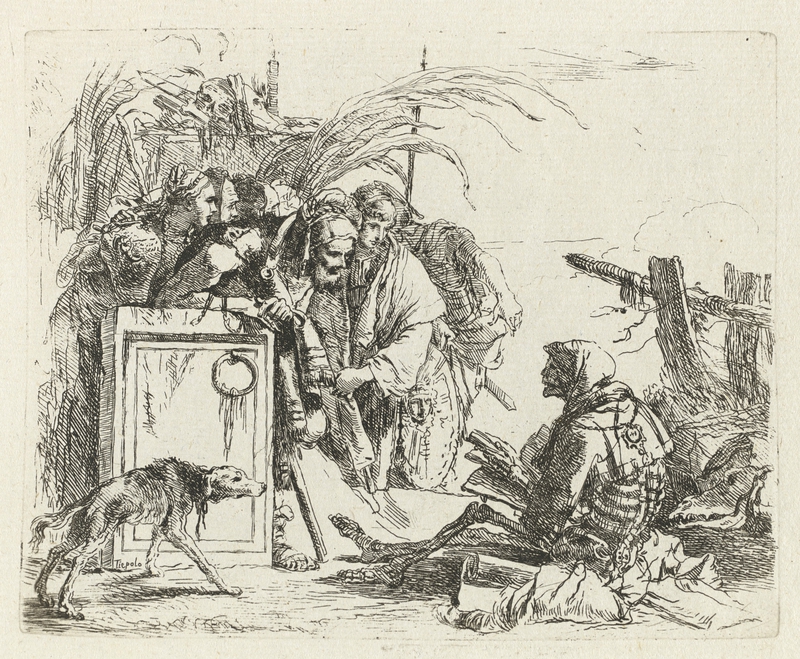

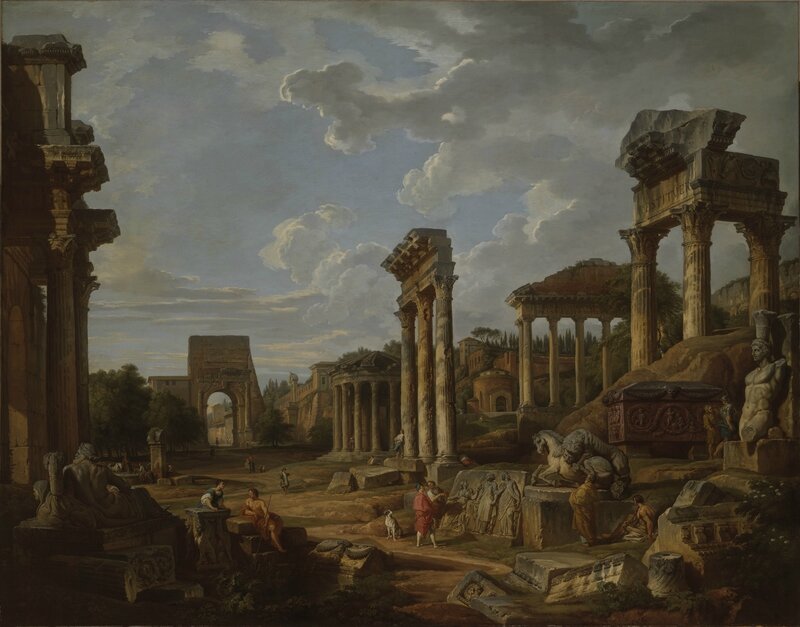

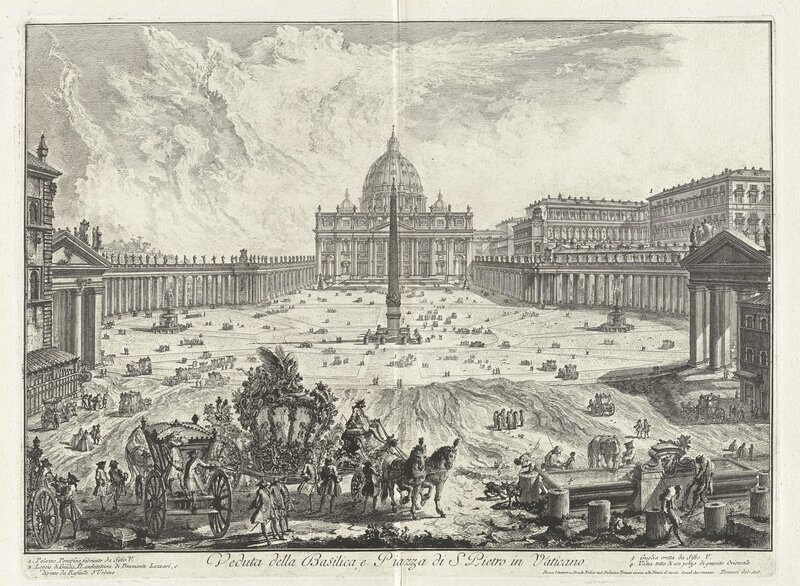



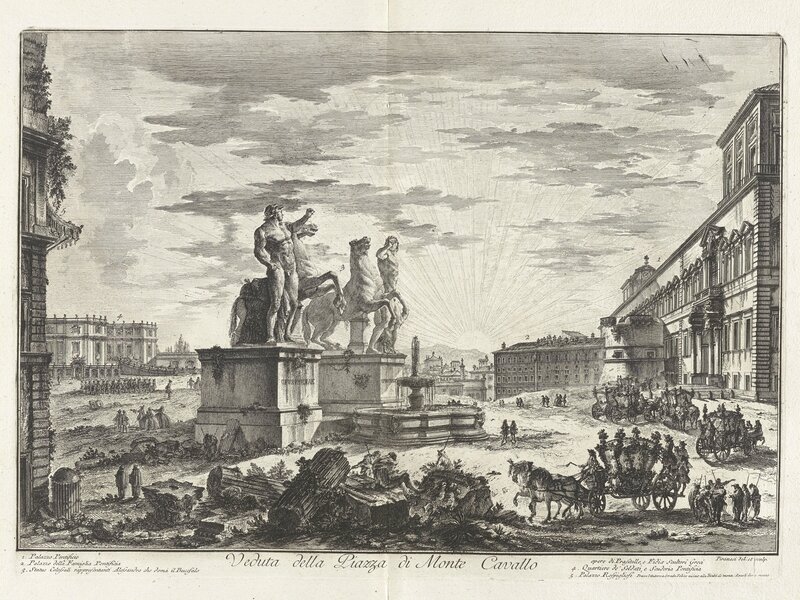







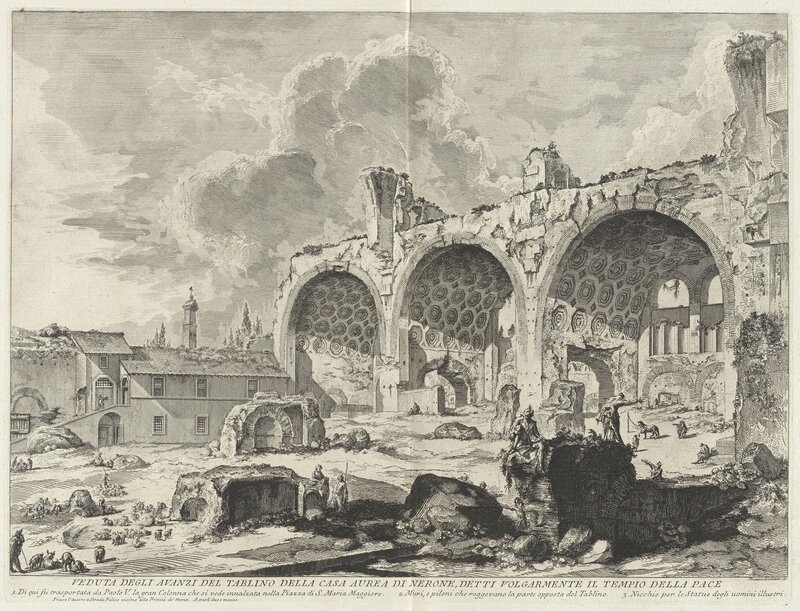
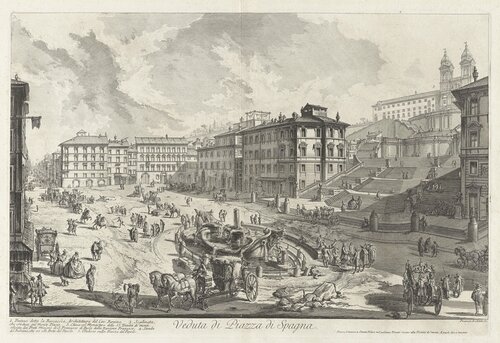


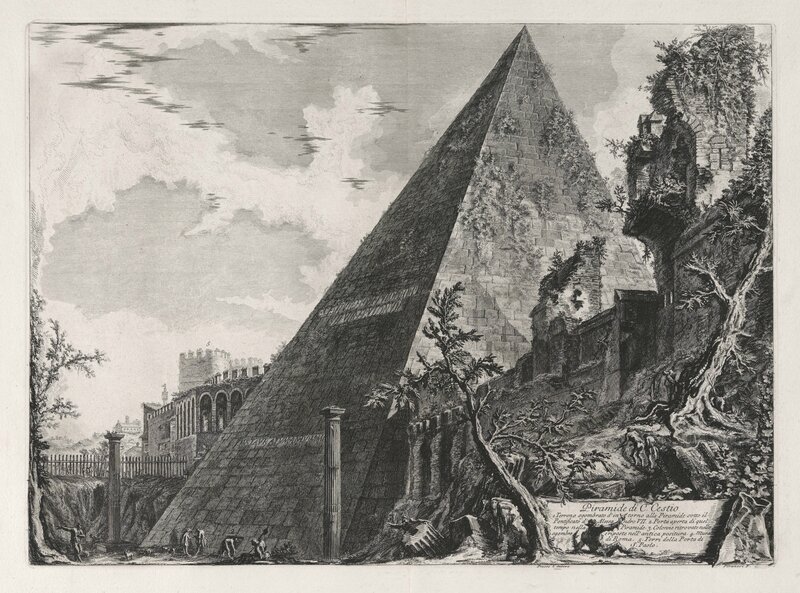



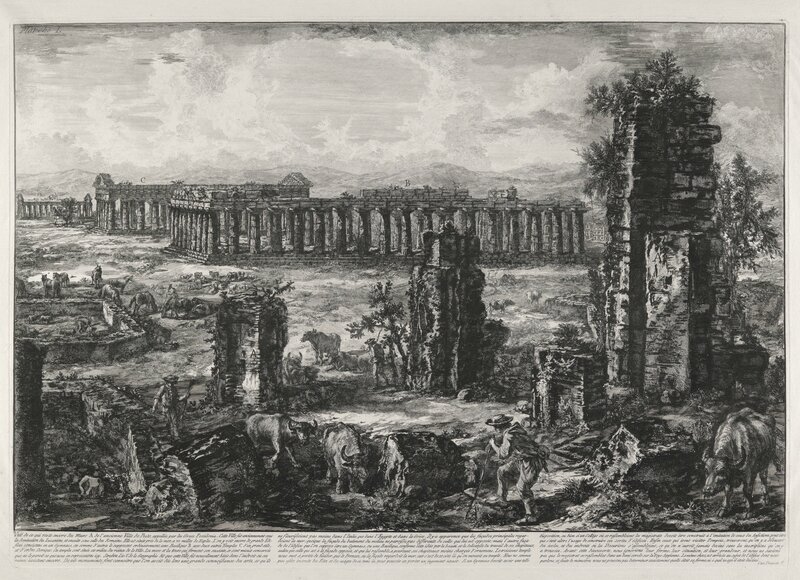


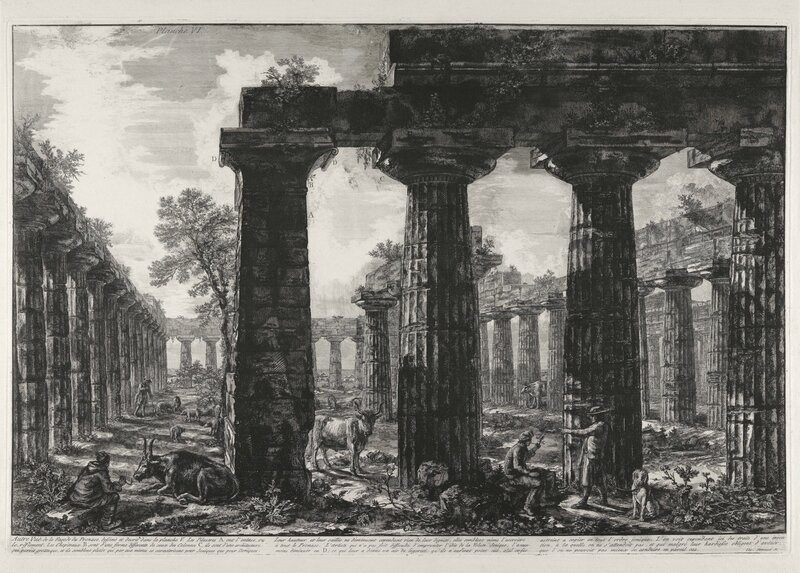






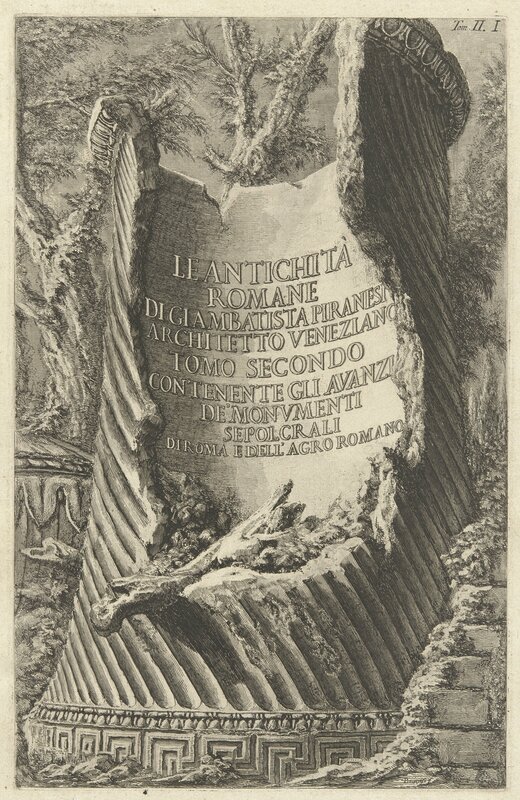




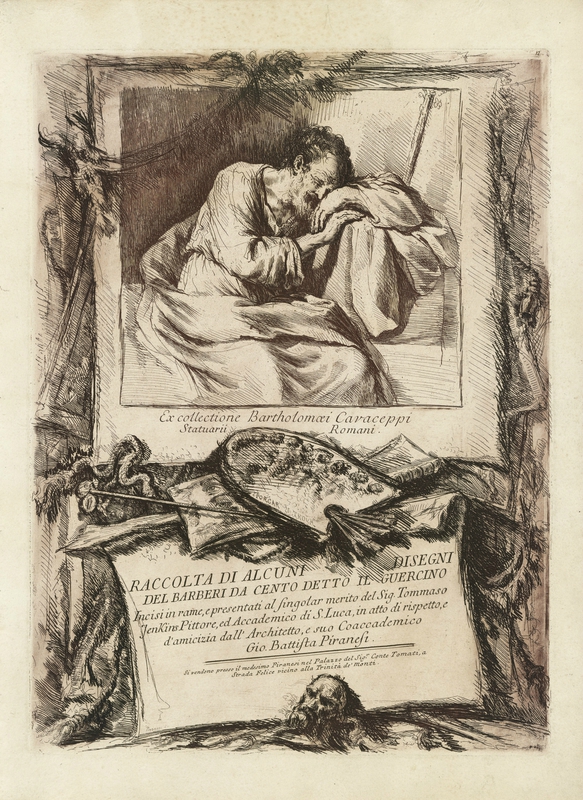





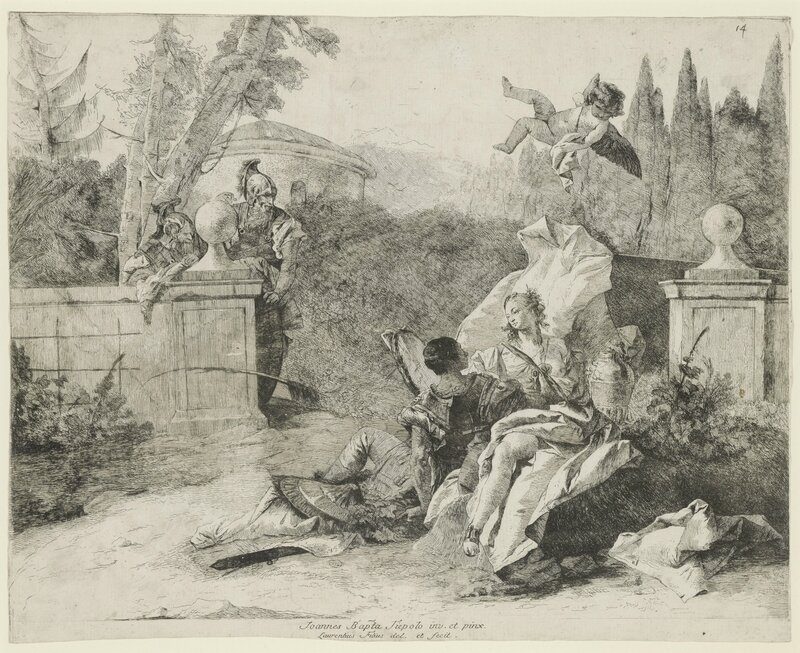
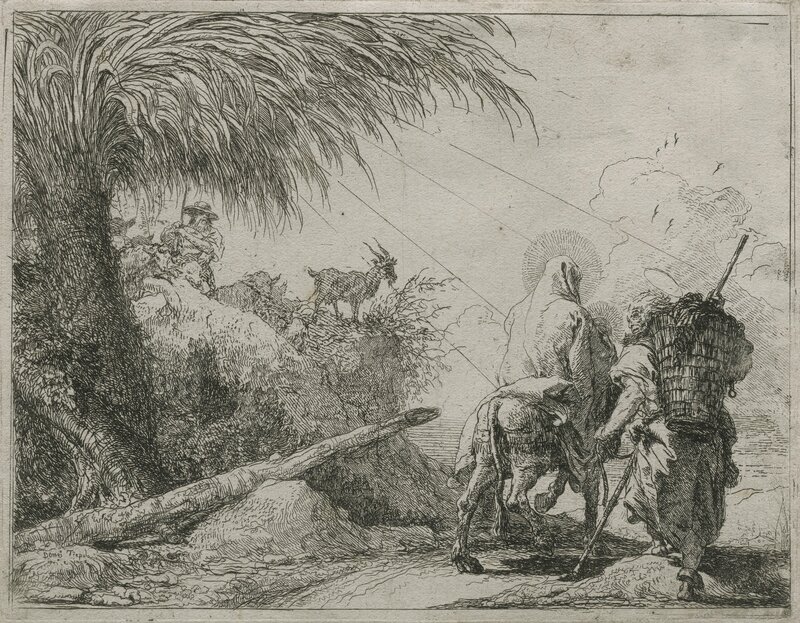


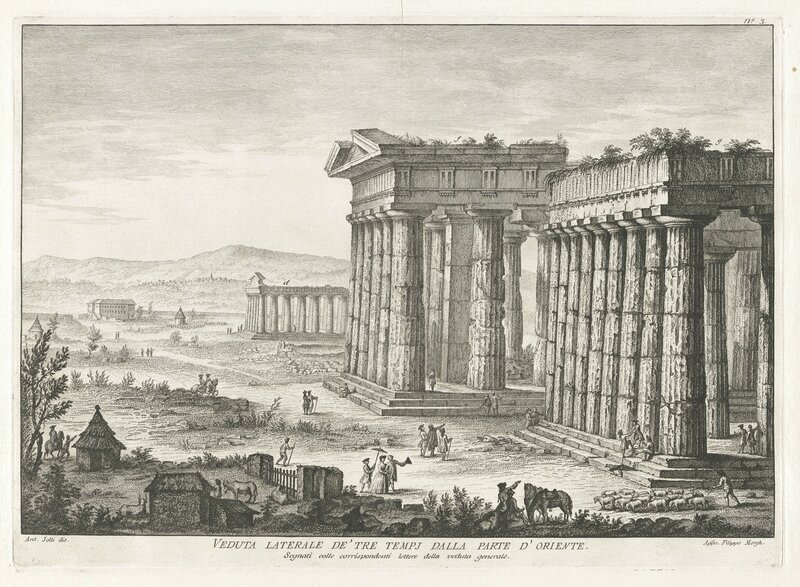




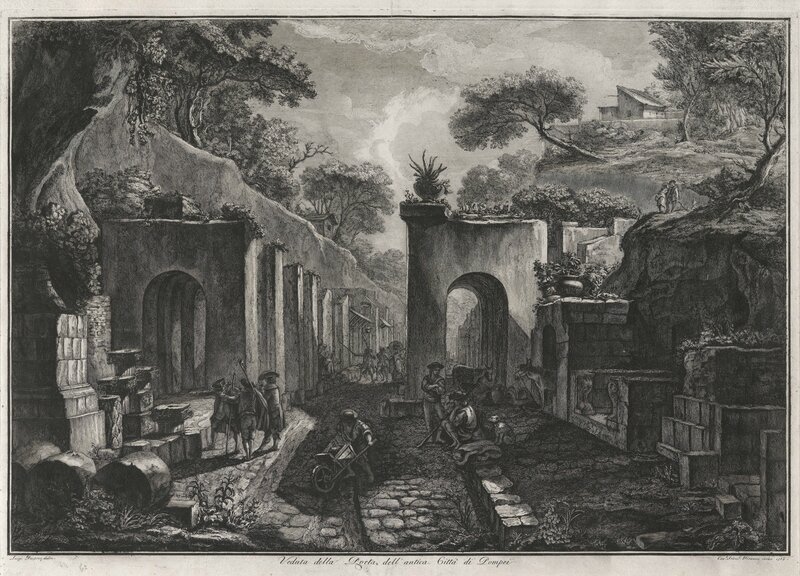
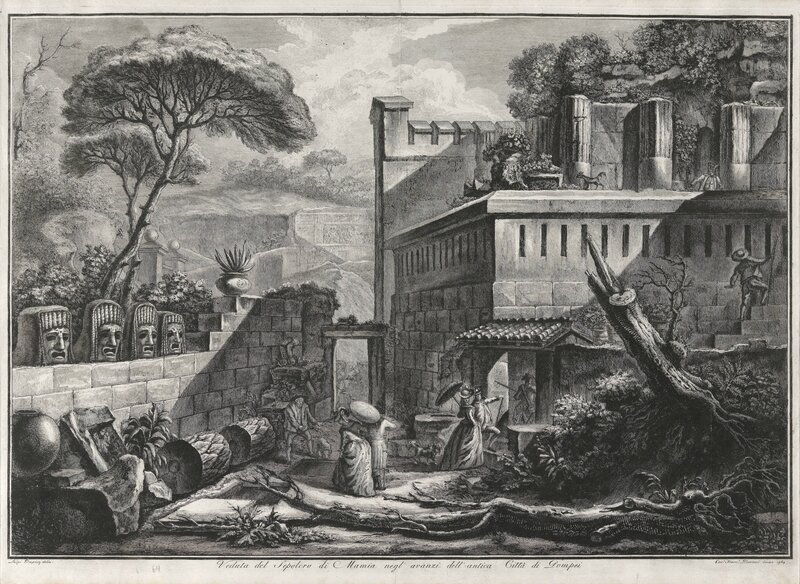




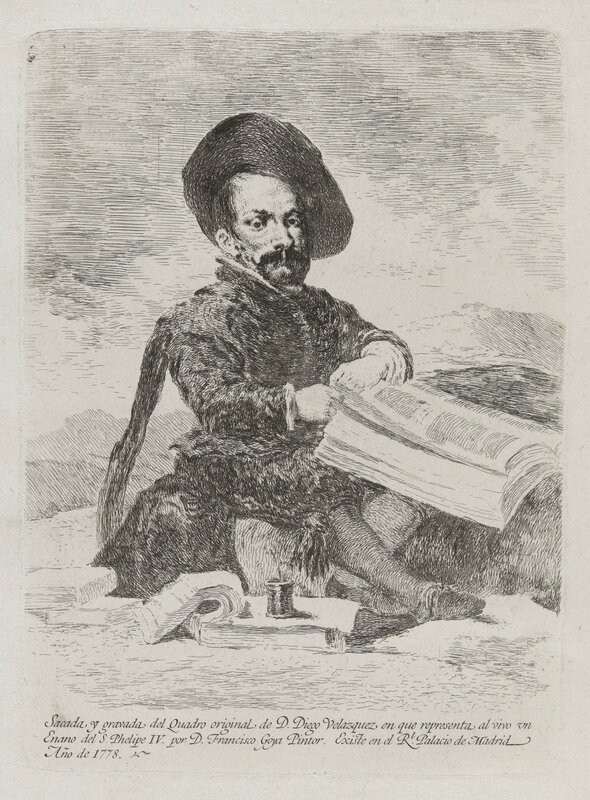


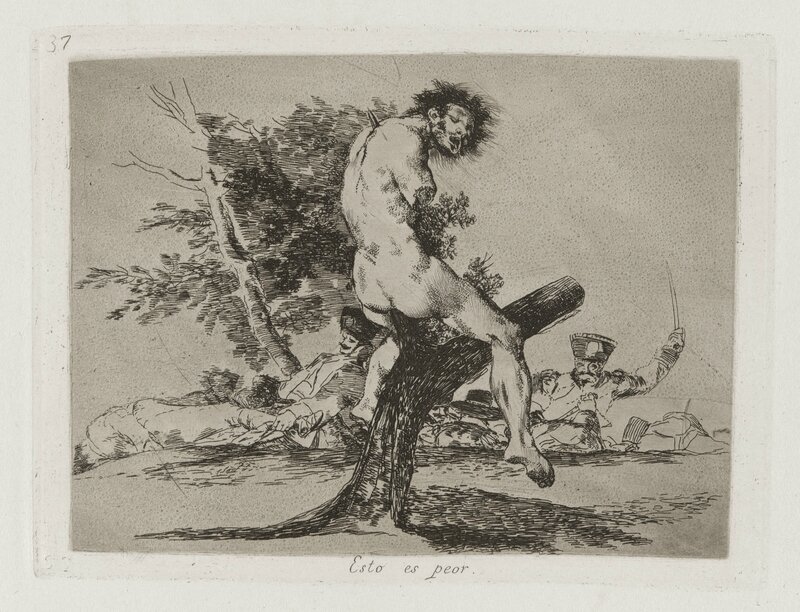
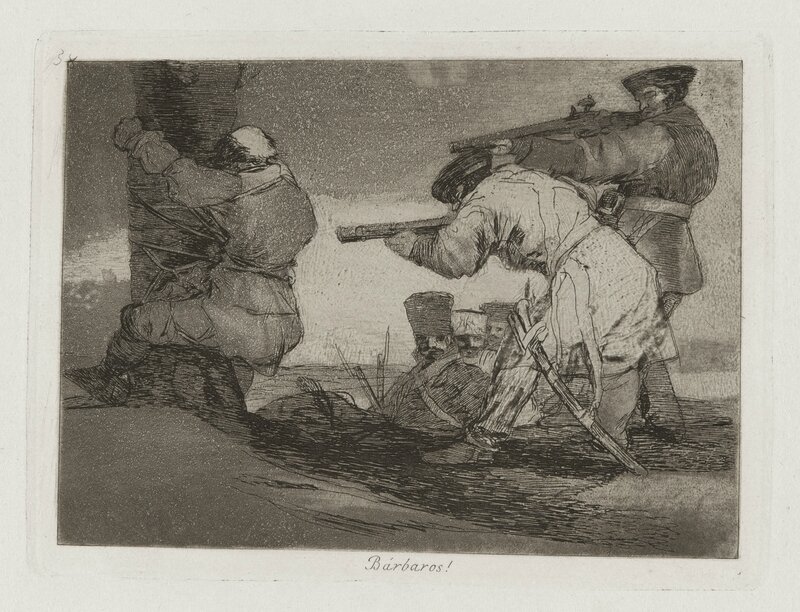

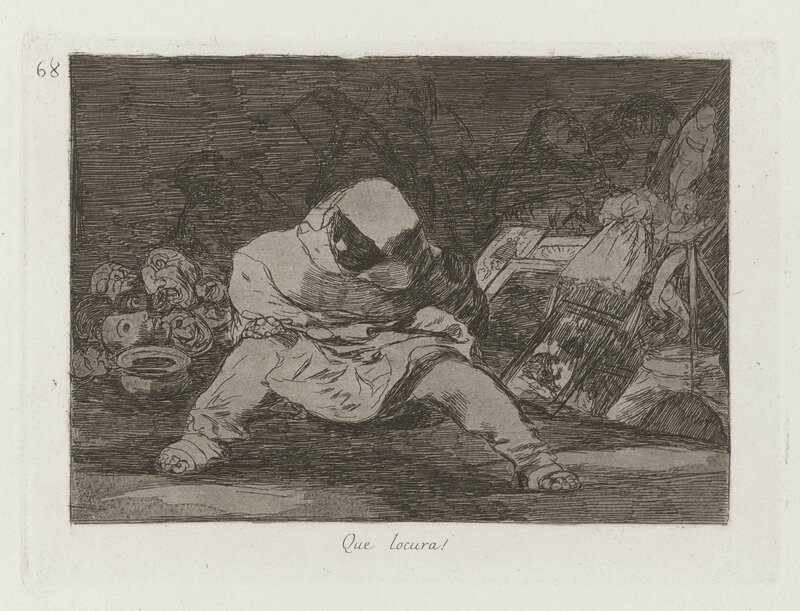

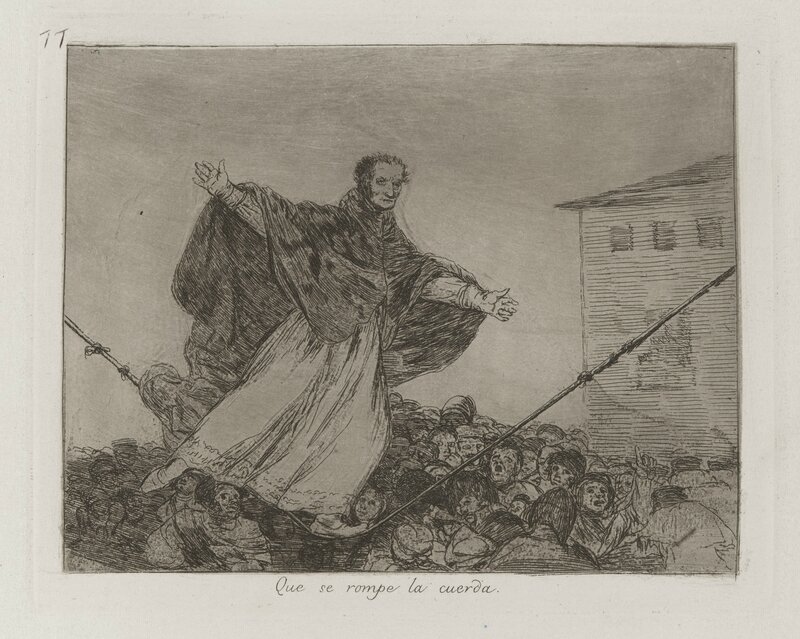

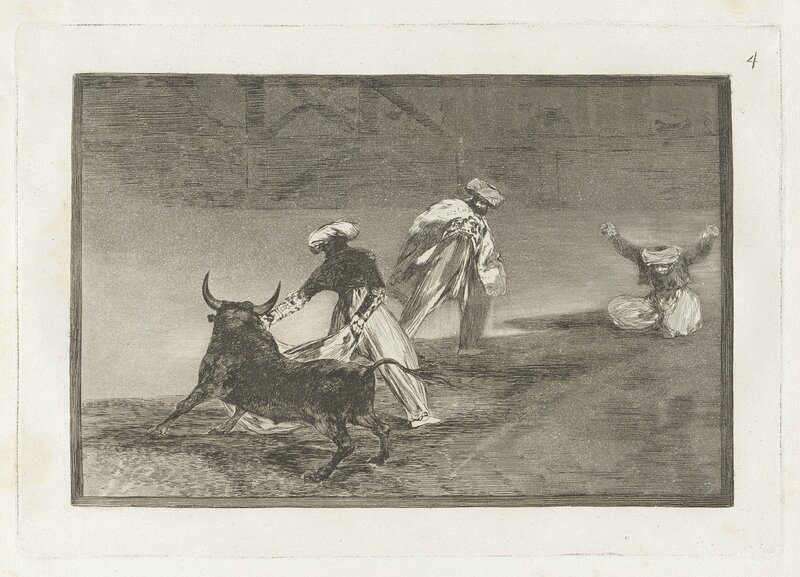







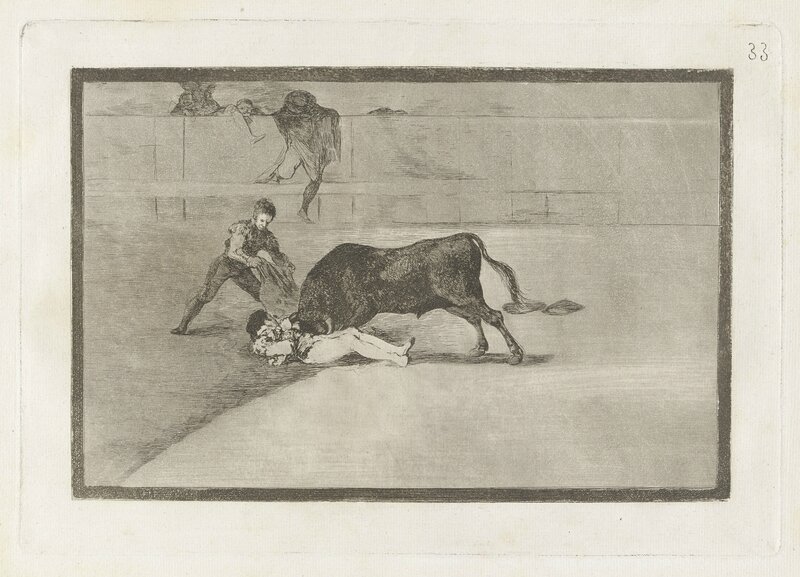

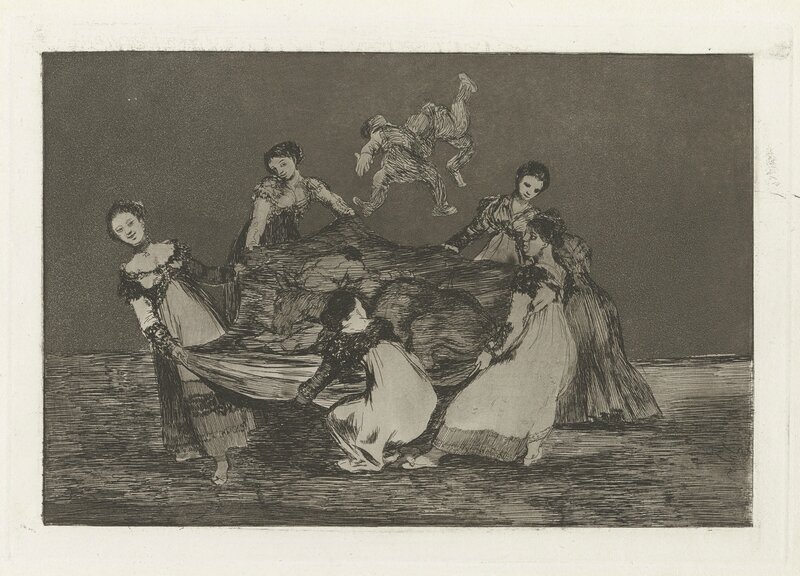
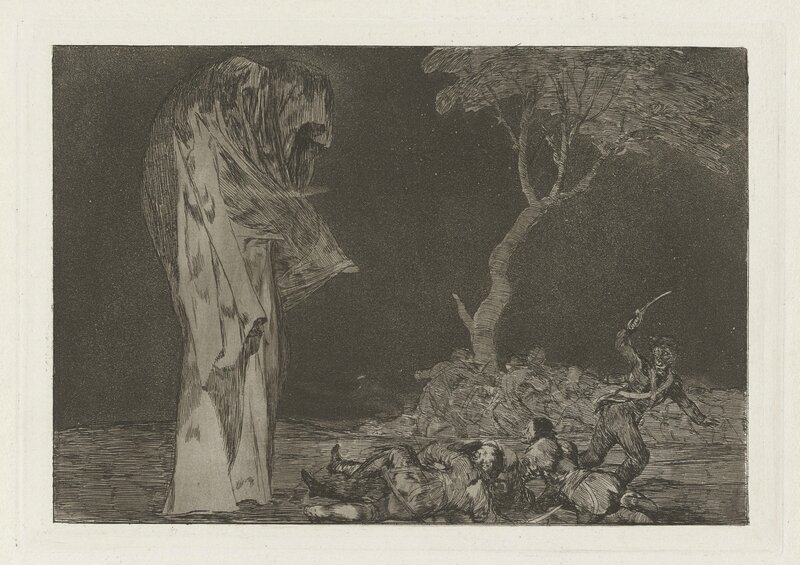




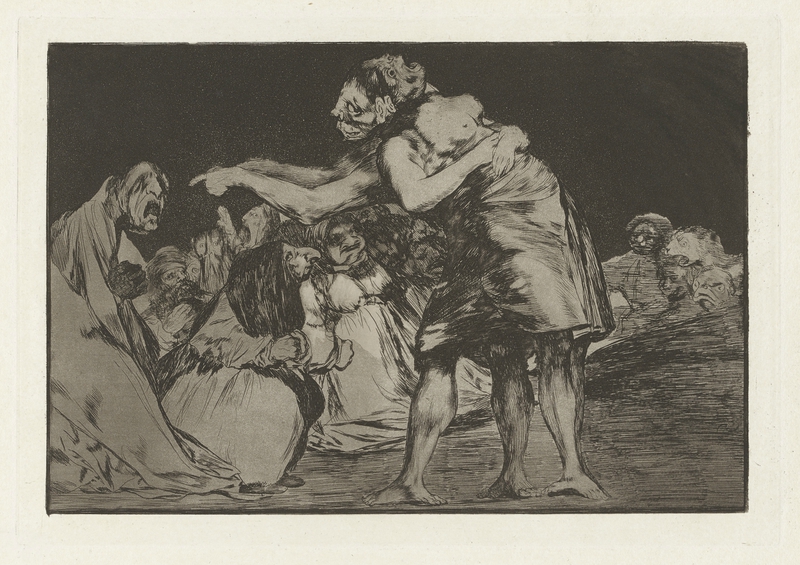
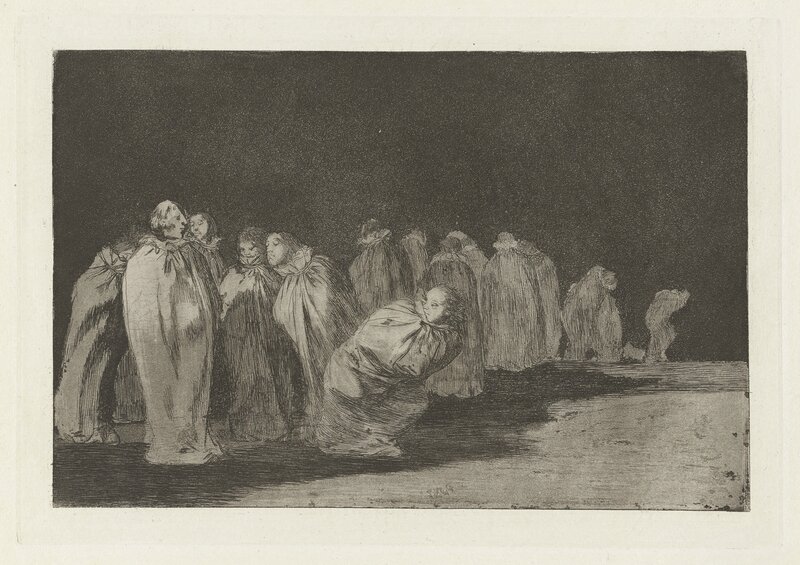






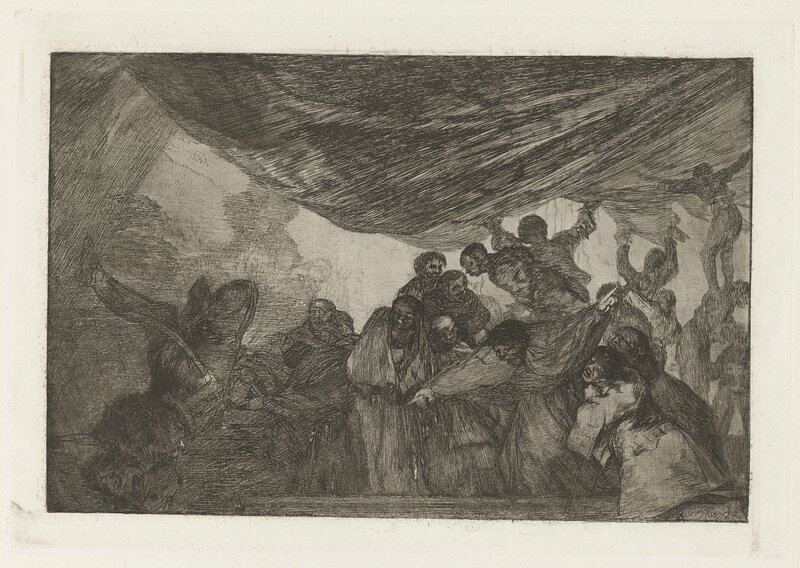



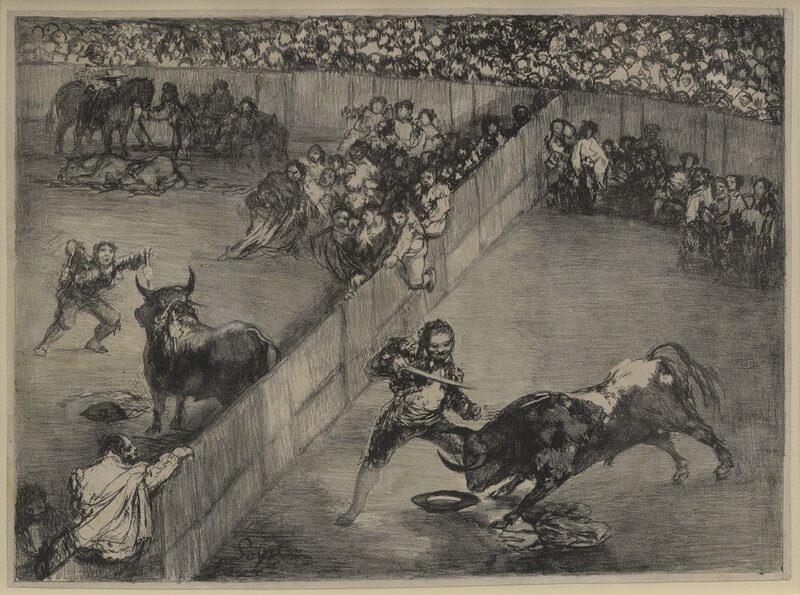

















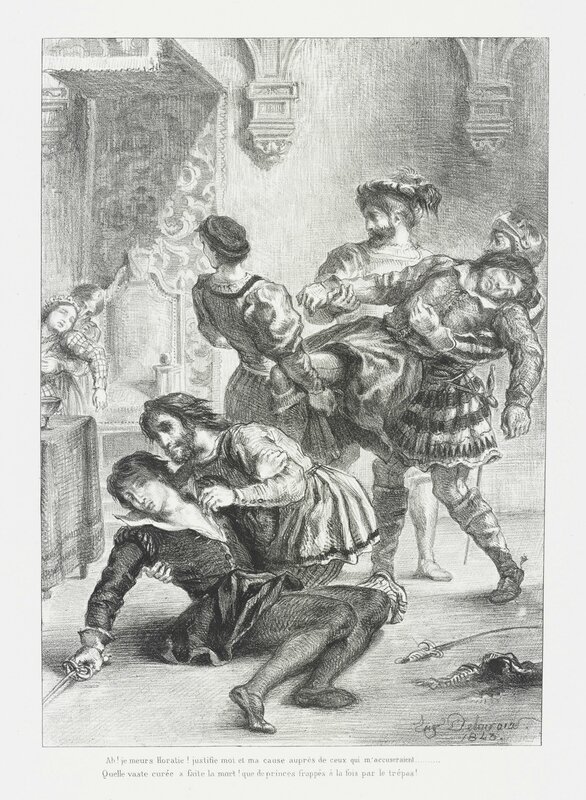


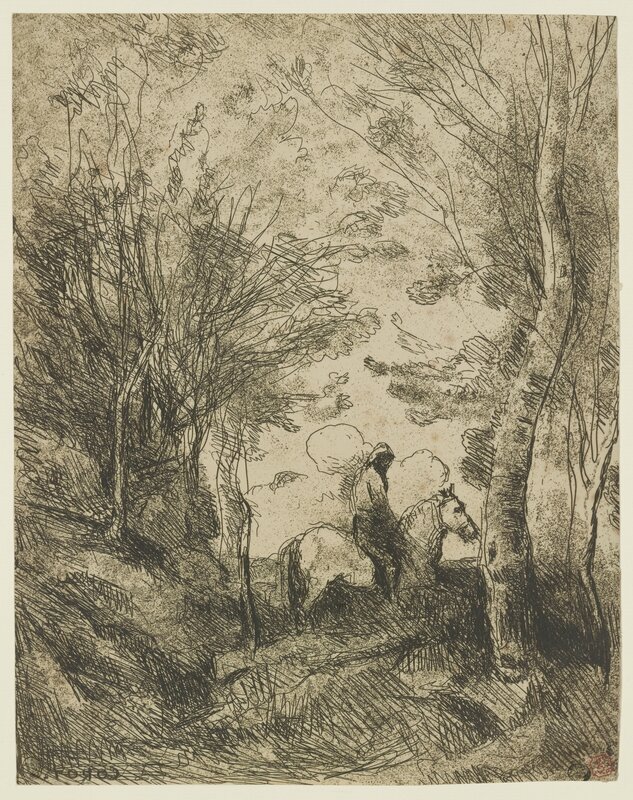
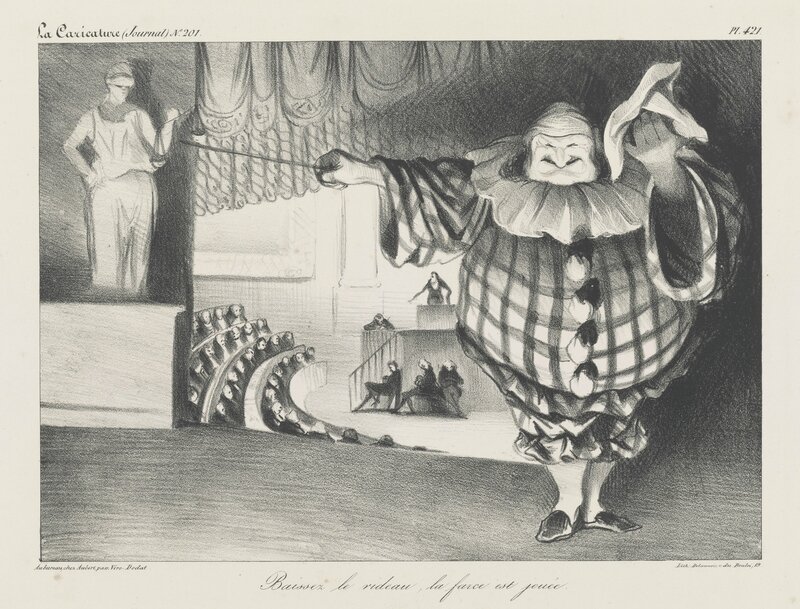
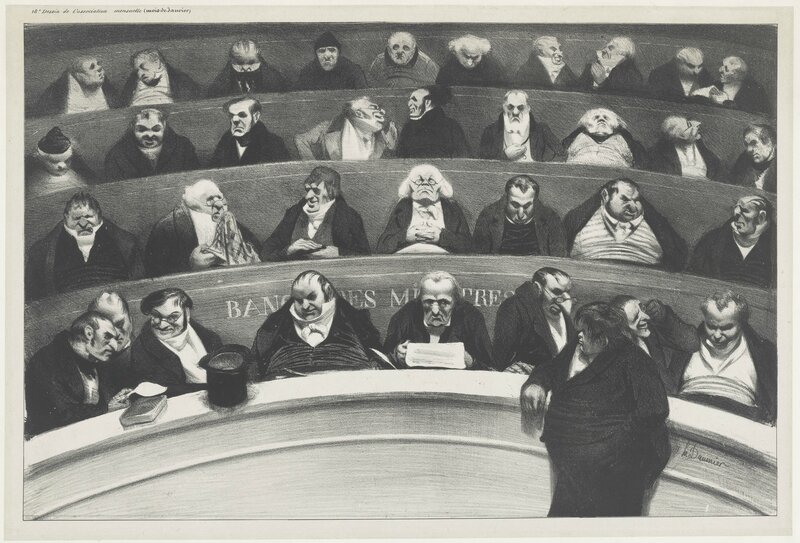











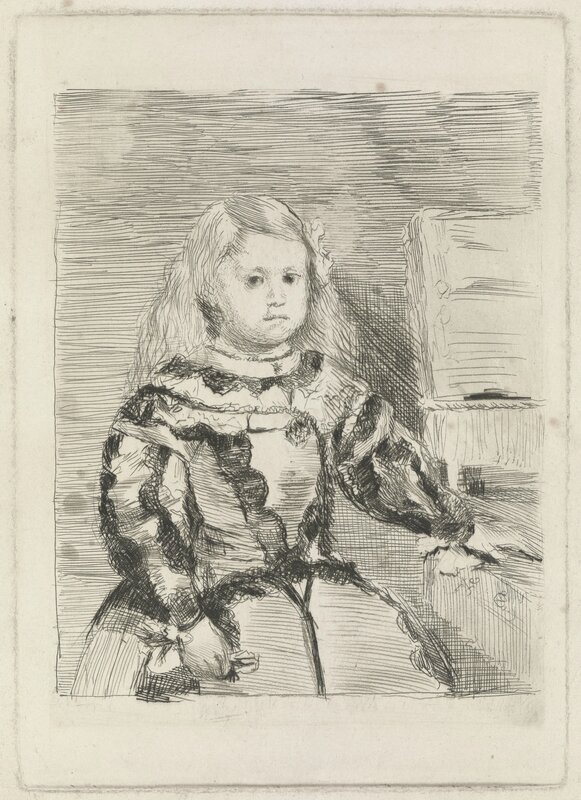
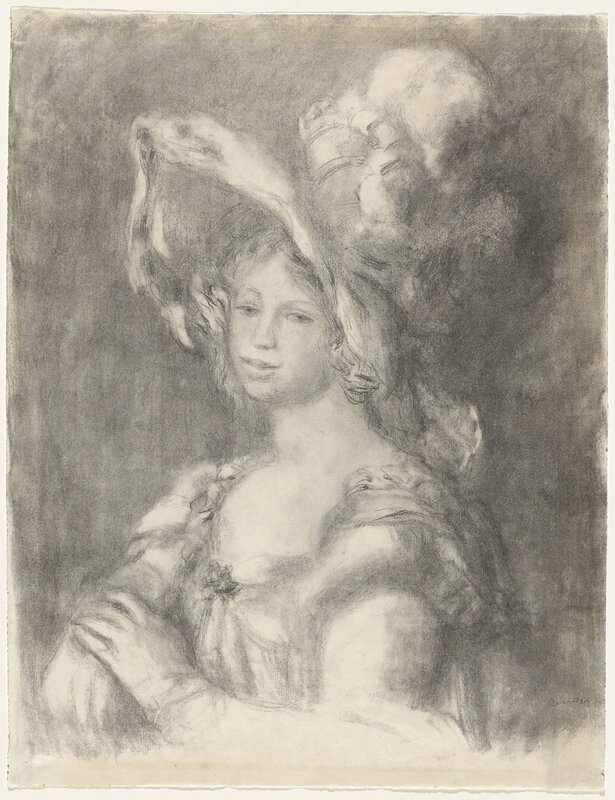
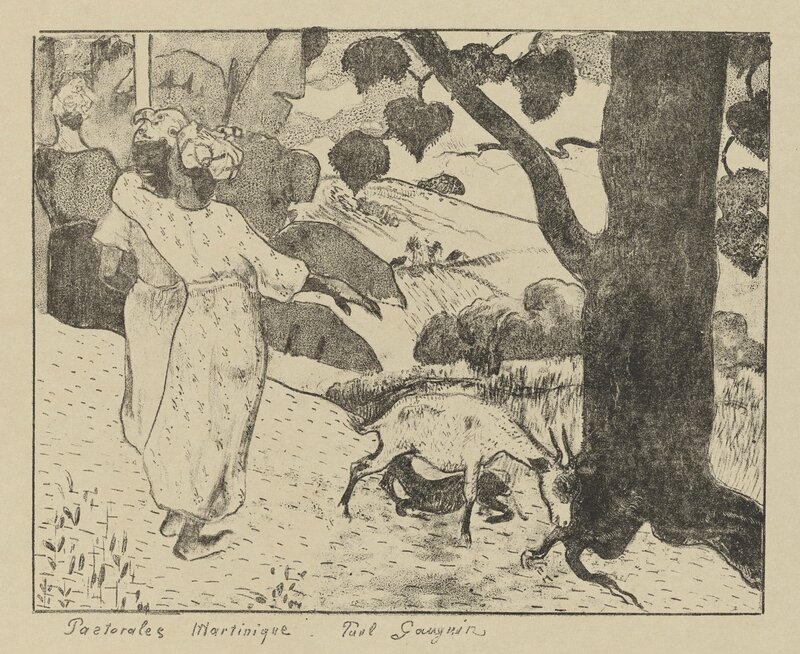

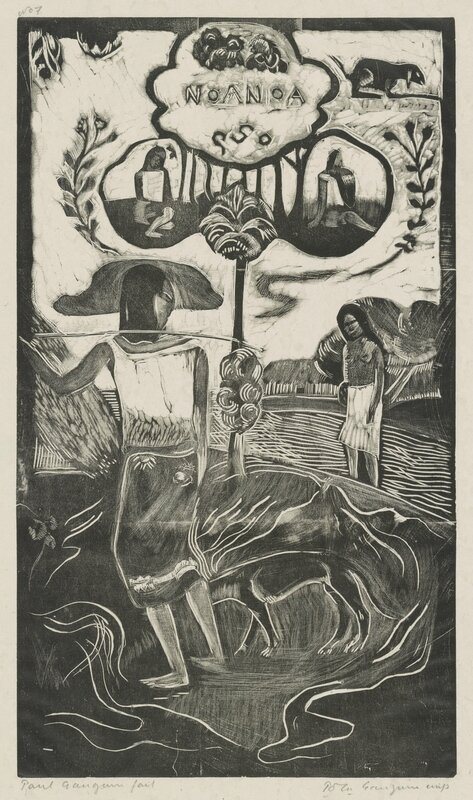



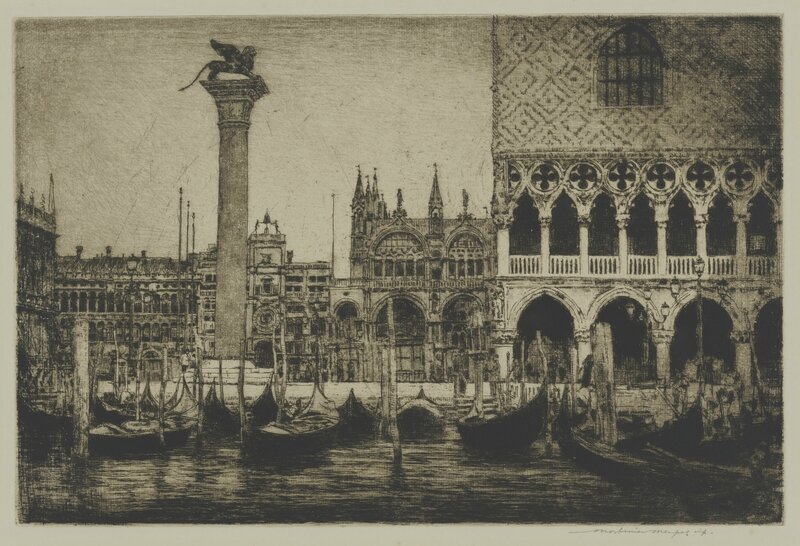






/http%3A%2F%2Fstorage.canalblog.com%2F10%2F70%2F119589%2F95711604_o.jpg)
/http%3A%2F%2Fstorage.canalblog.com%2F59%2F51%2F119589%2F93829216_o.jpg)
/http%3A%2F%2Fstorage.canalblog.com%2F19%2F14%2F119589%2F93793640_o.jpg)
/http%3A%2F%2Fstorage.canalblog.com%2F29%2F41%2F119589%2F75707068_o.jpg)